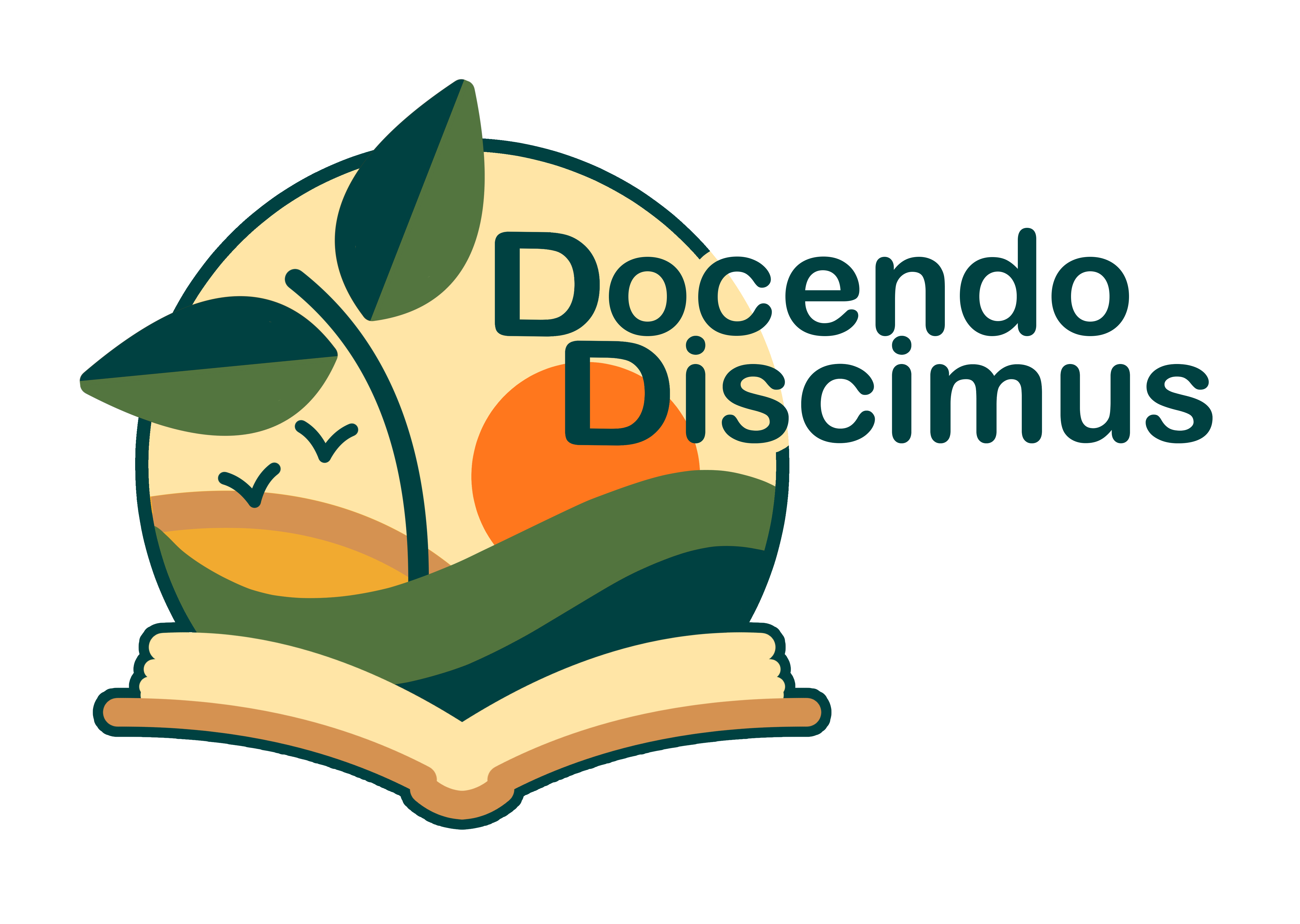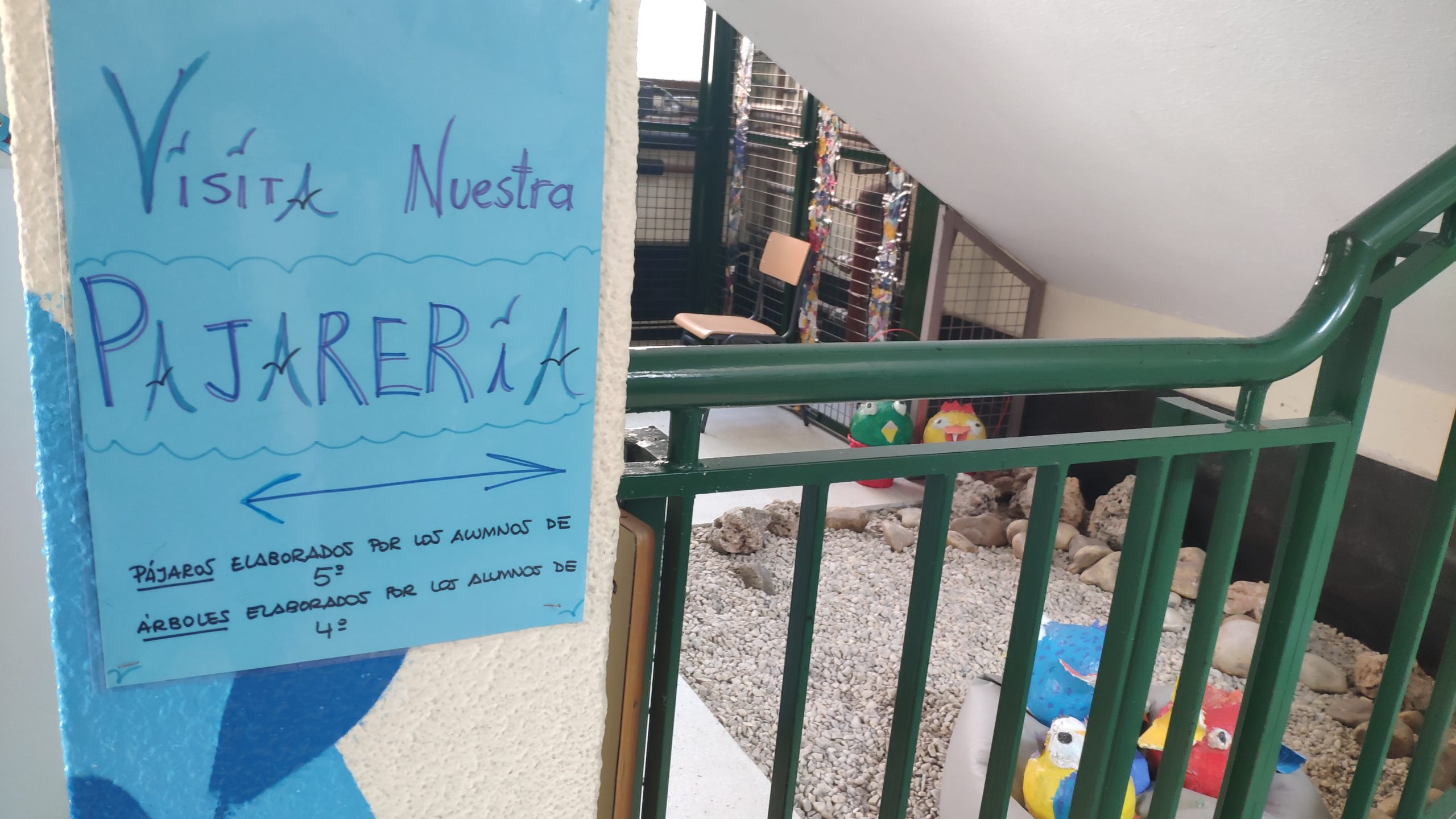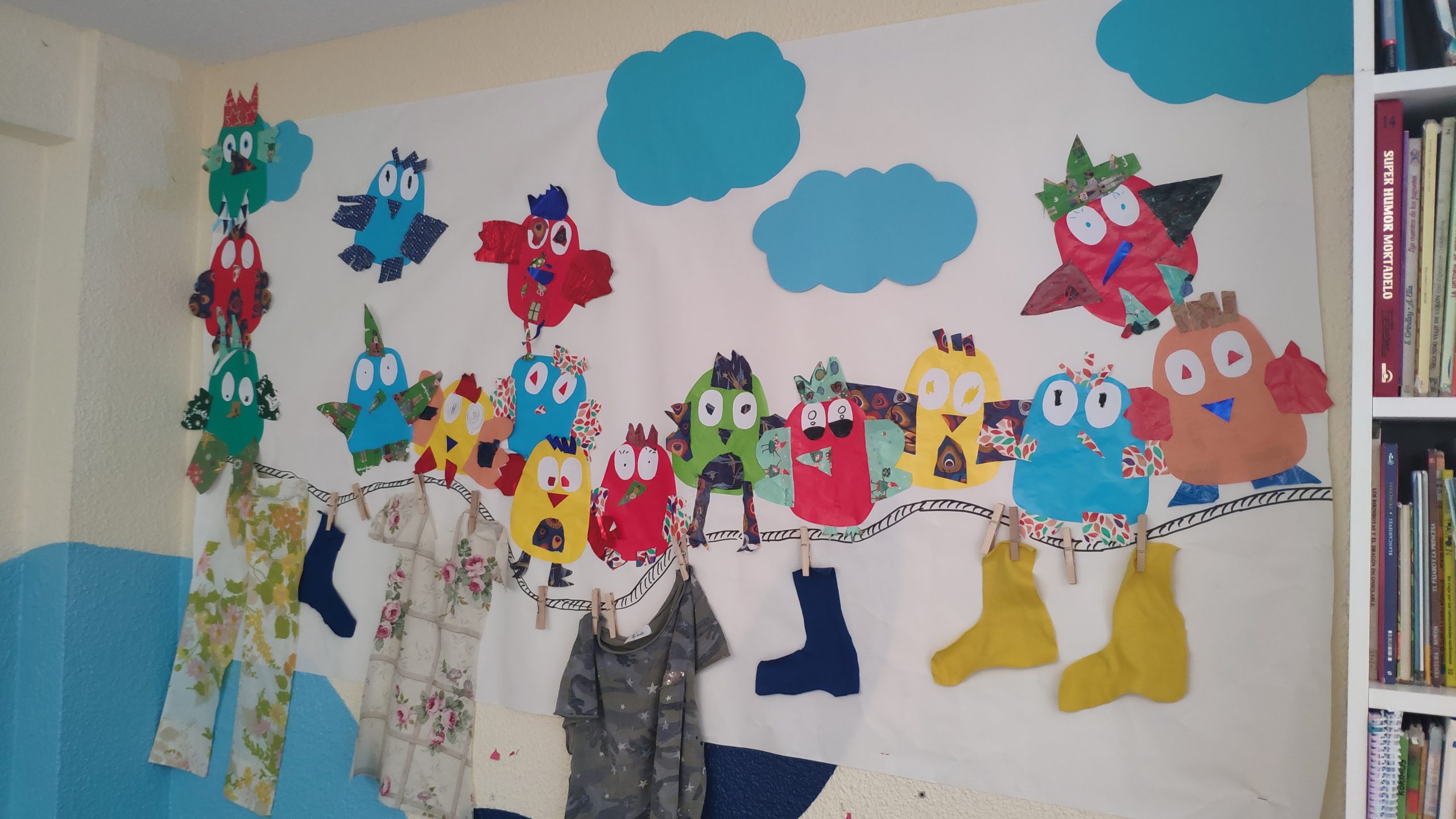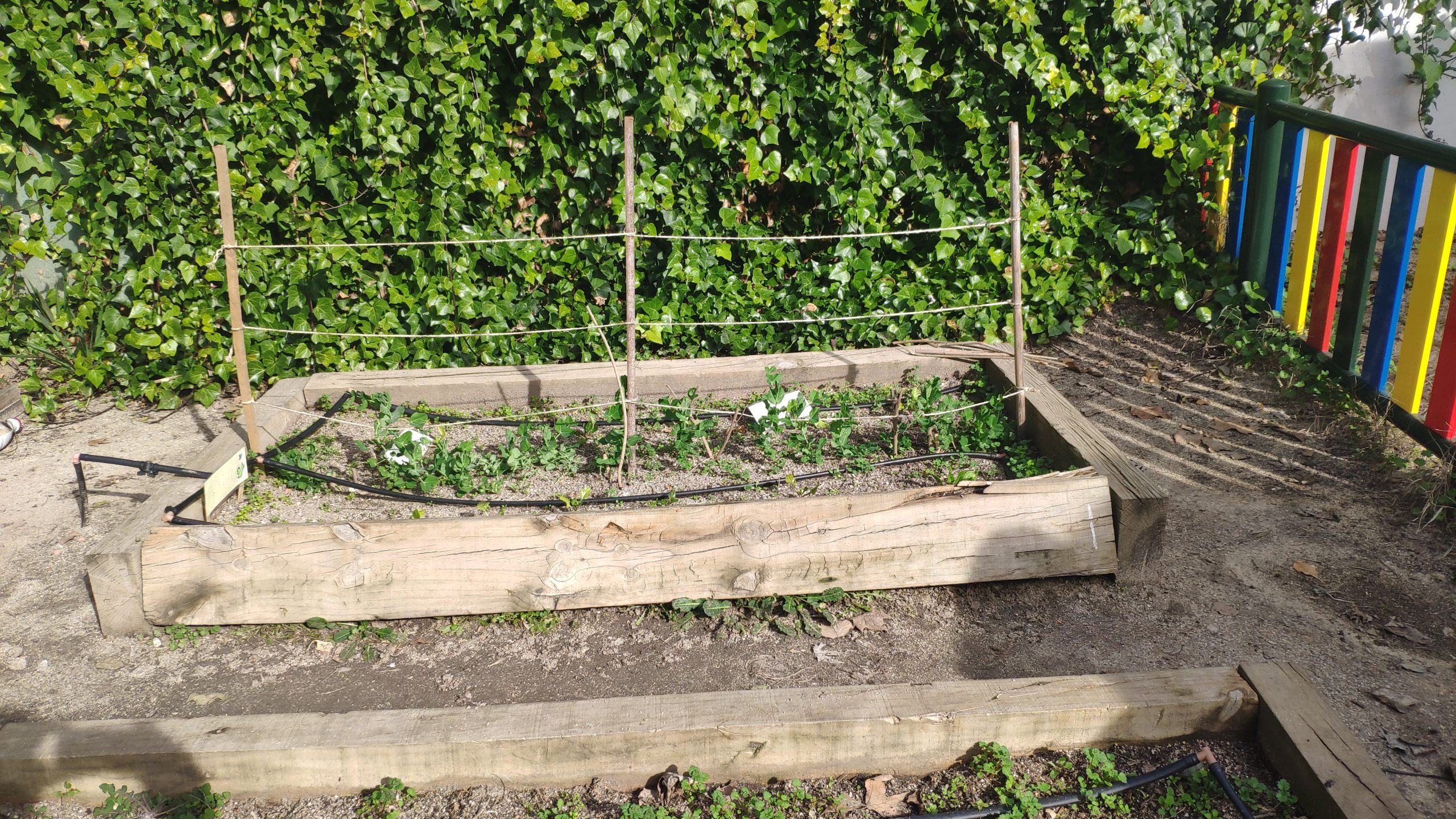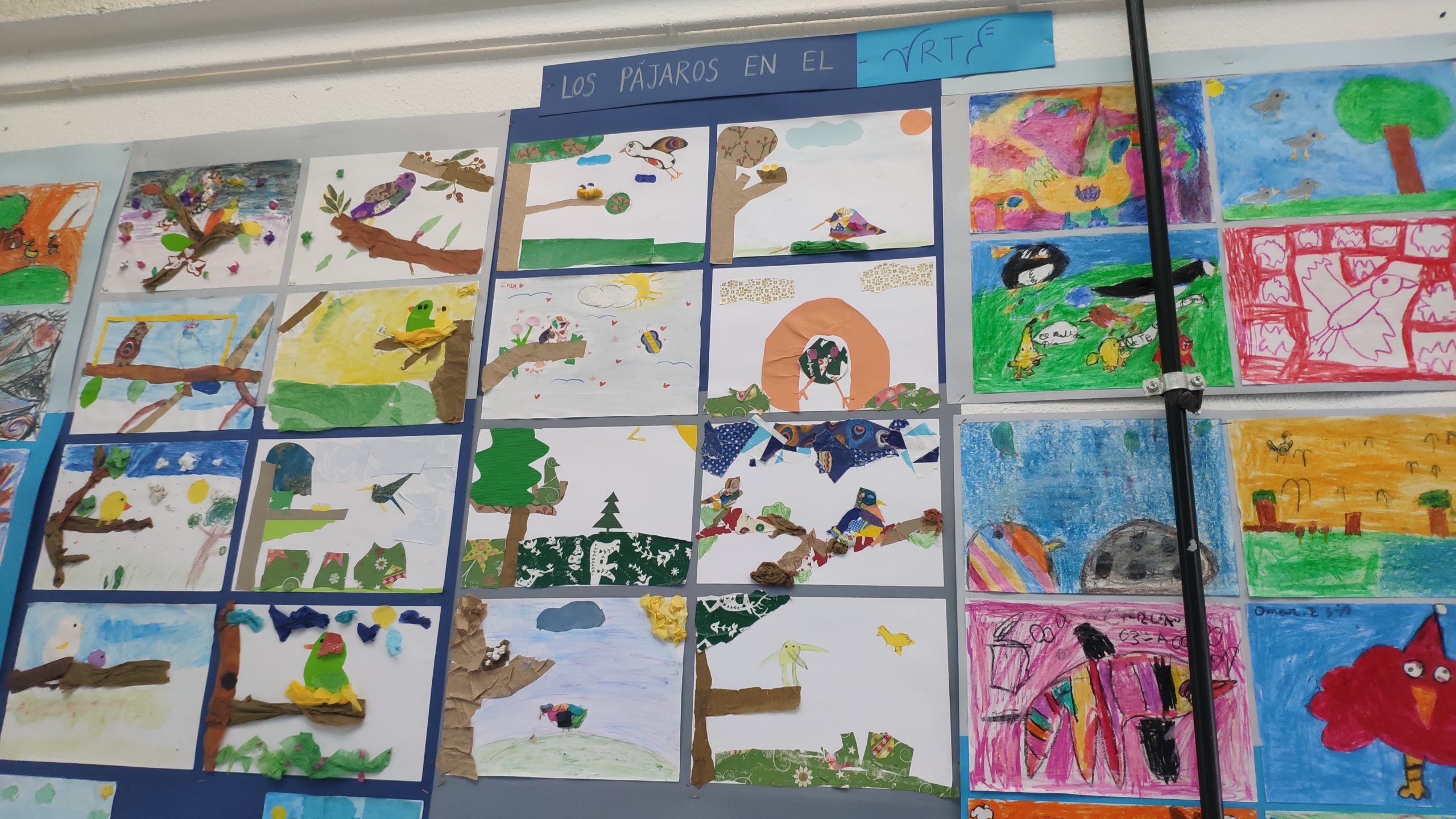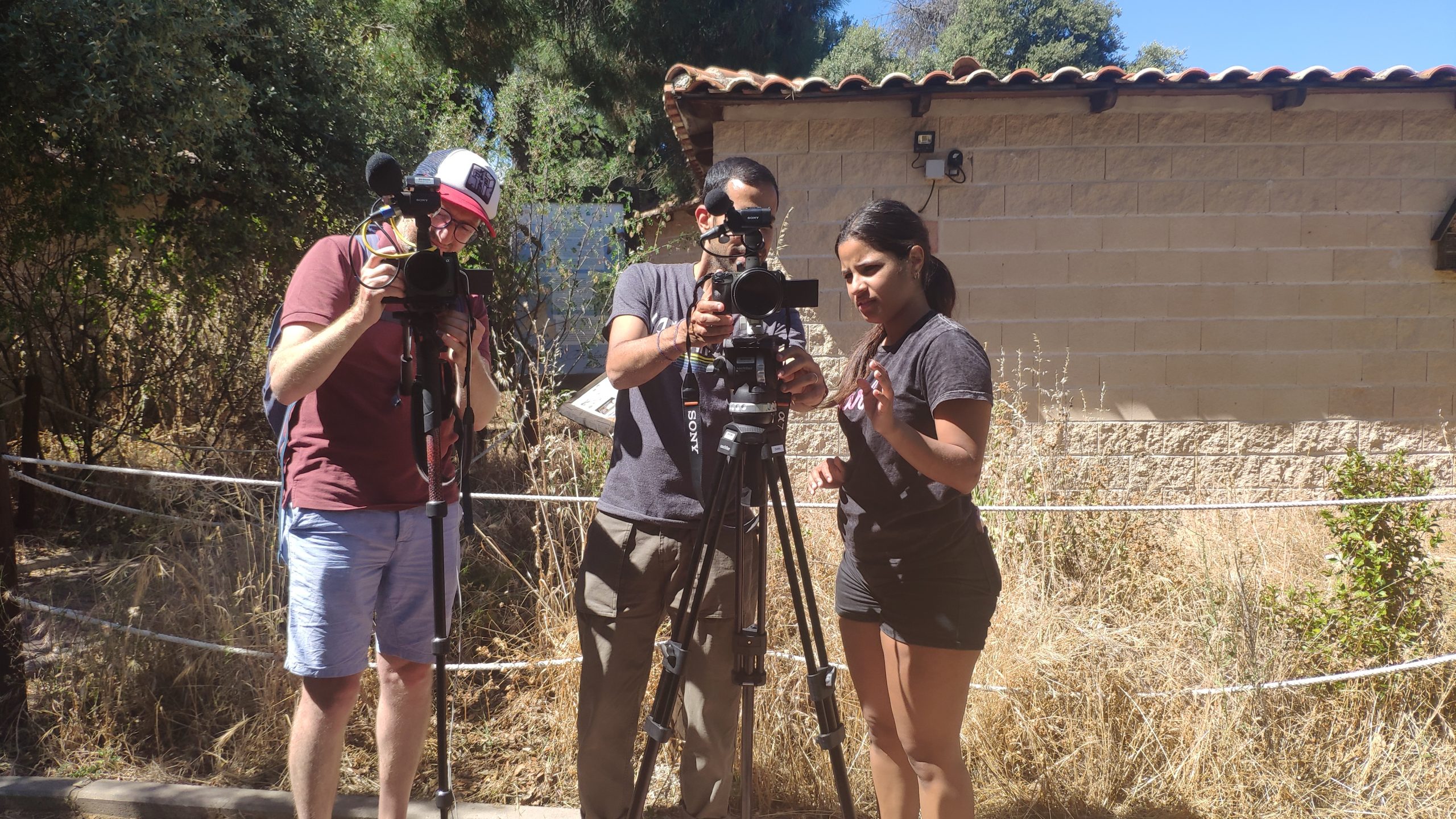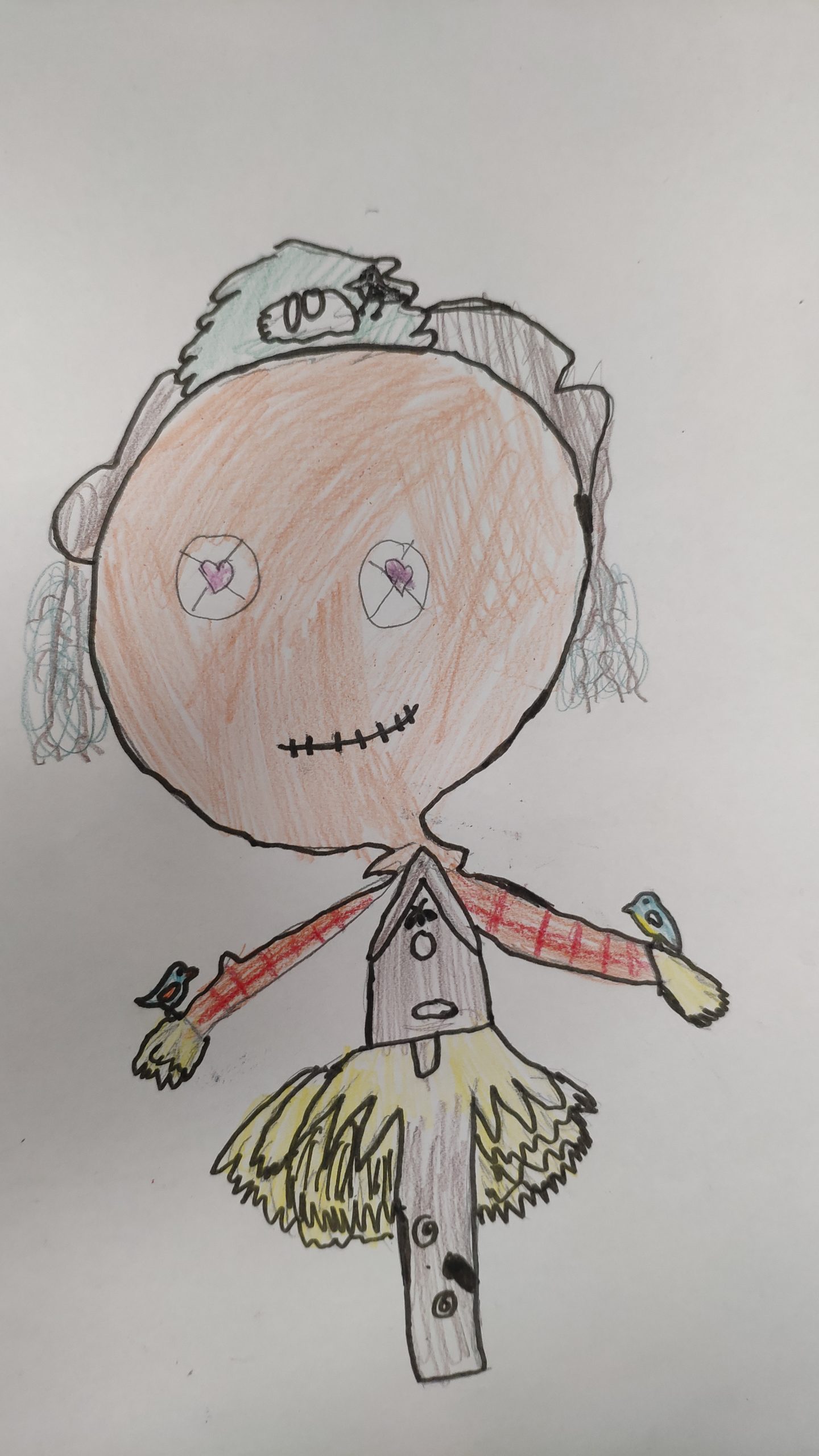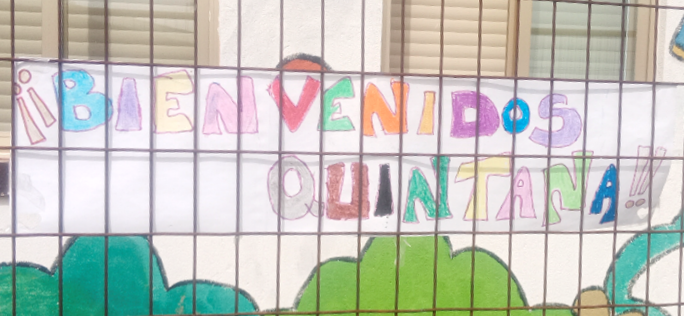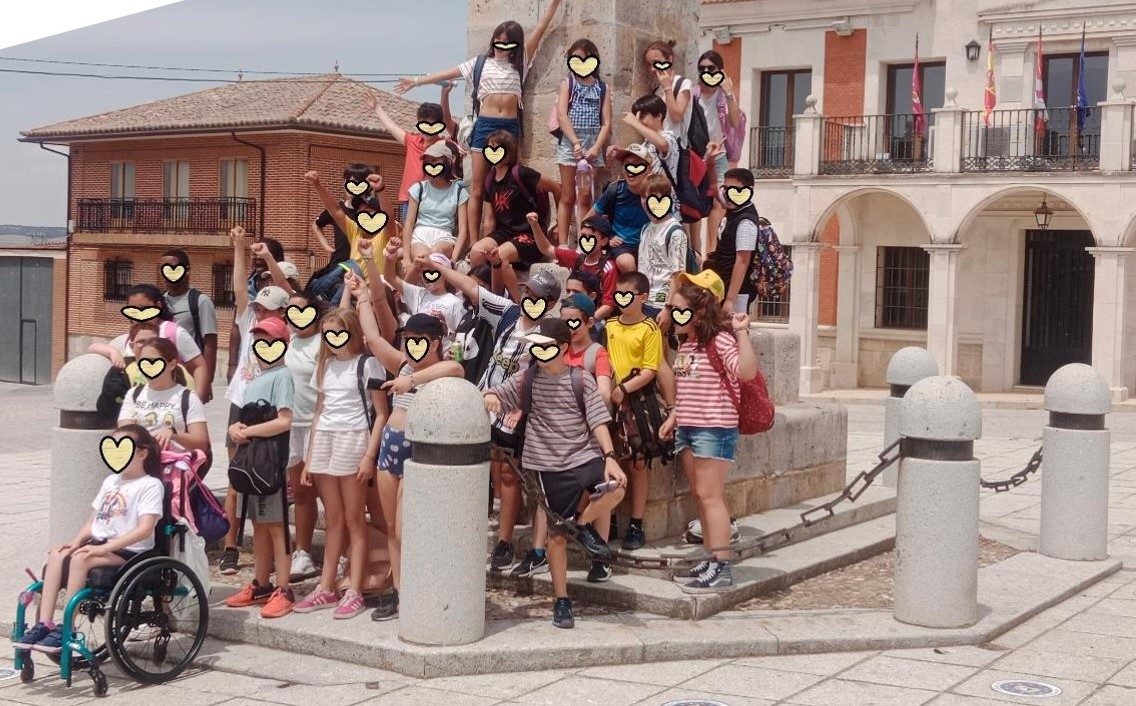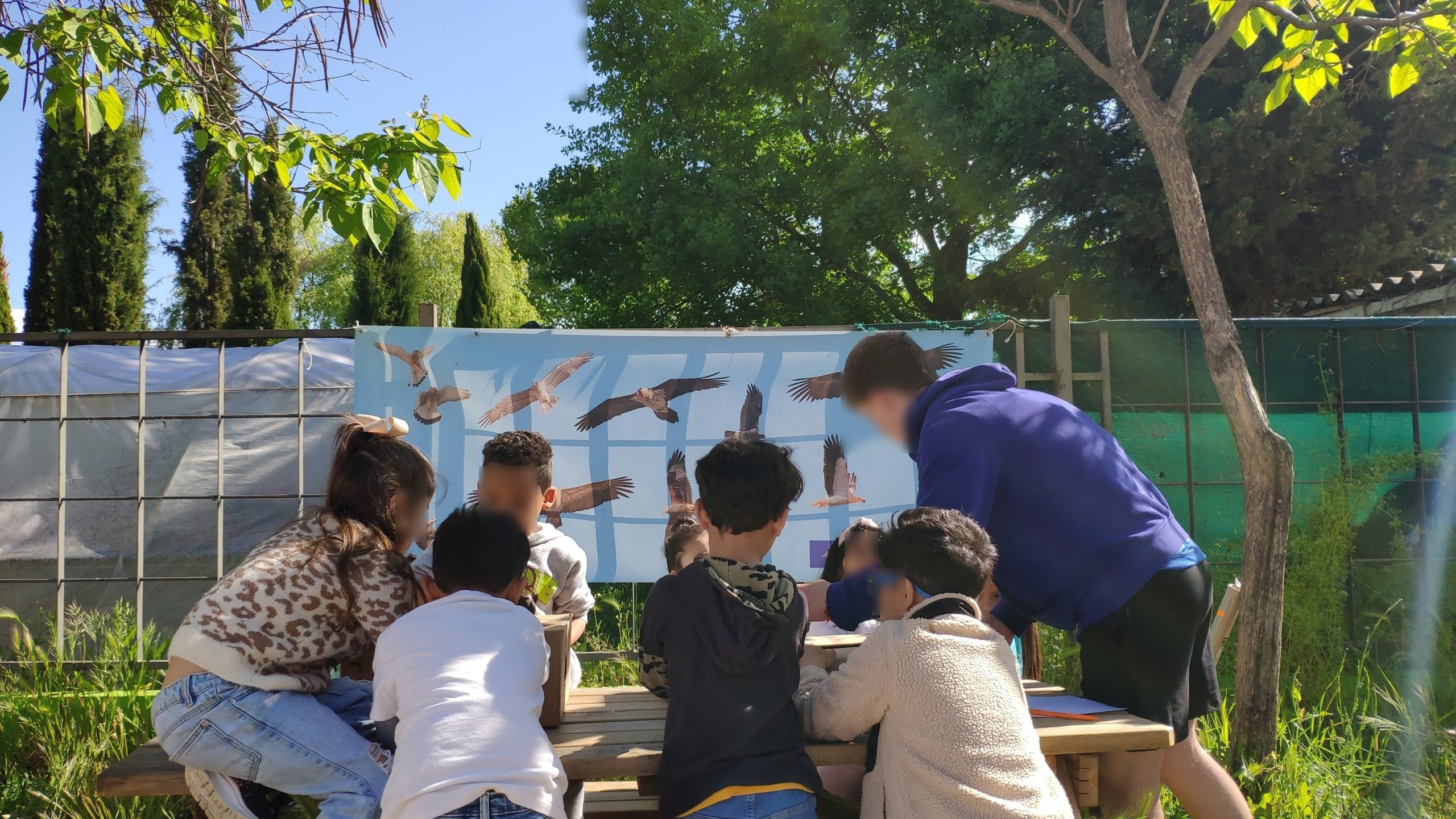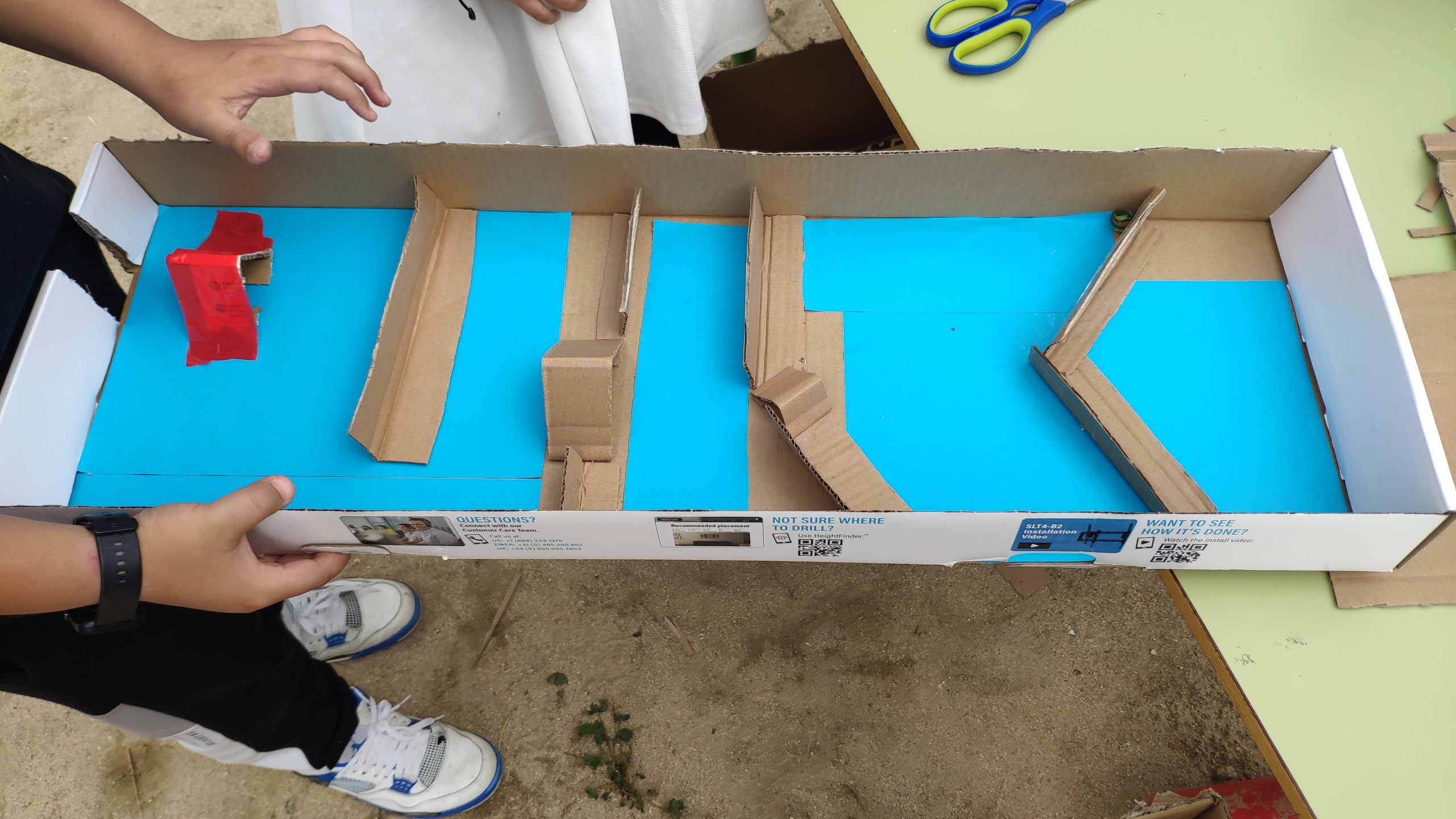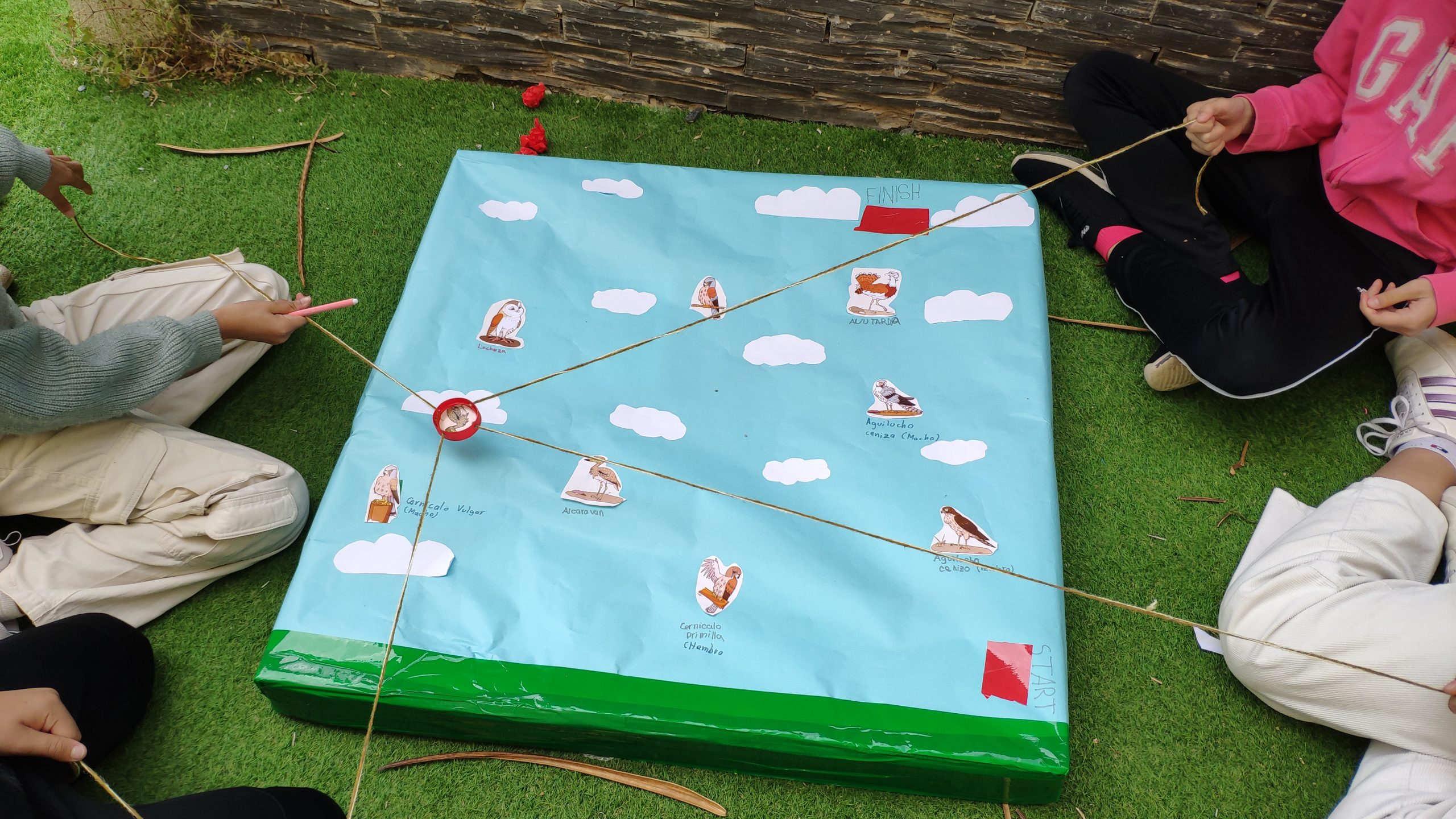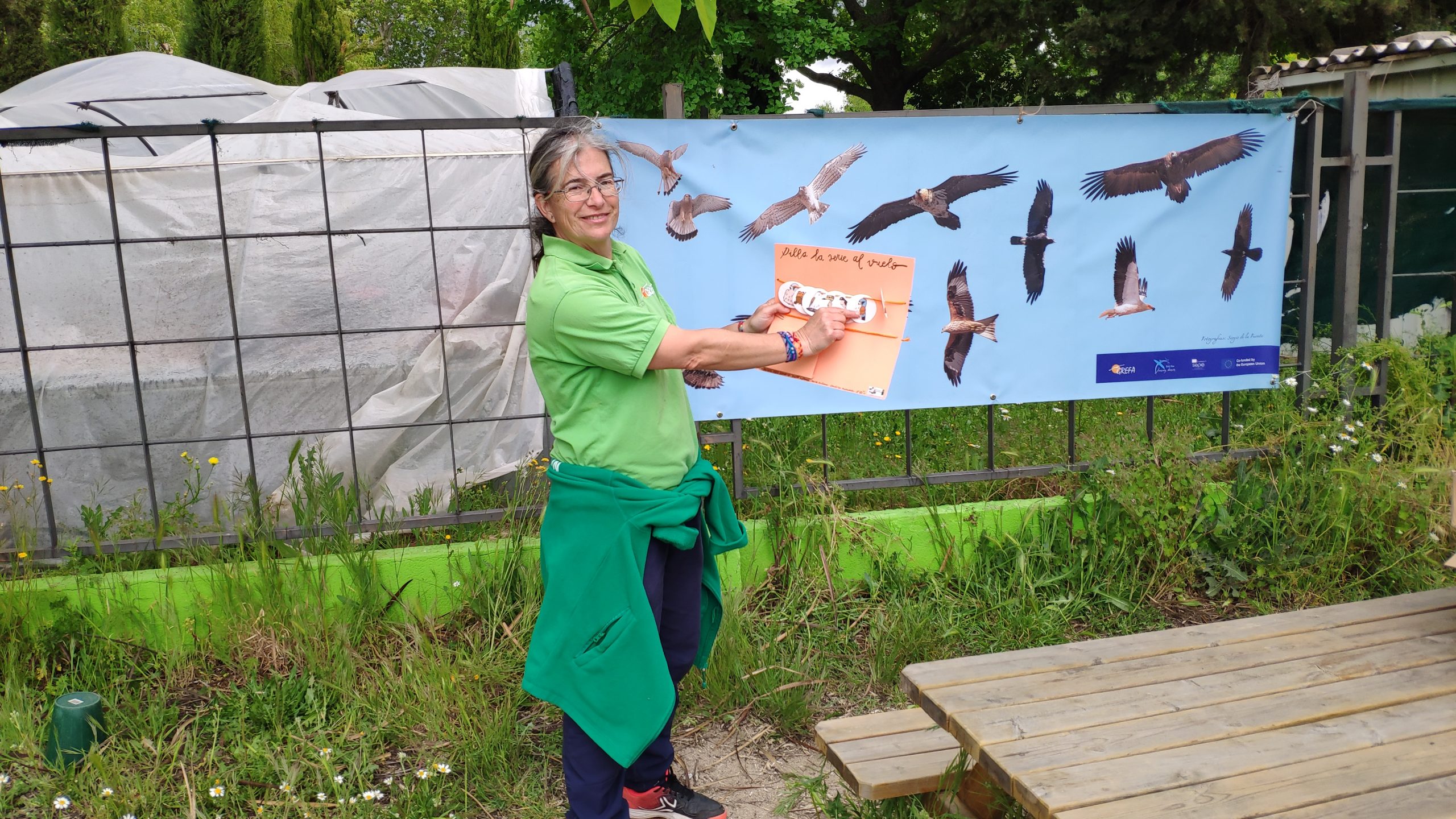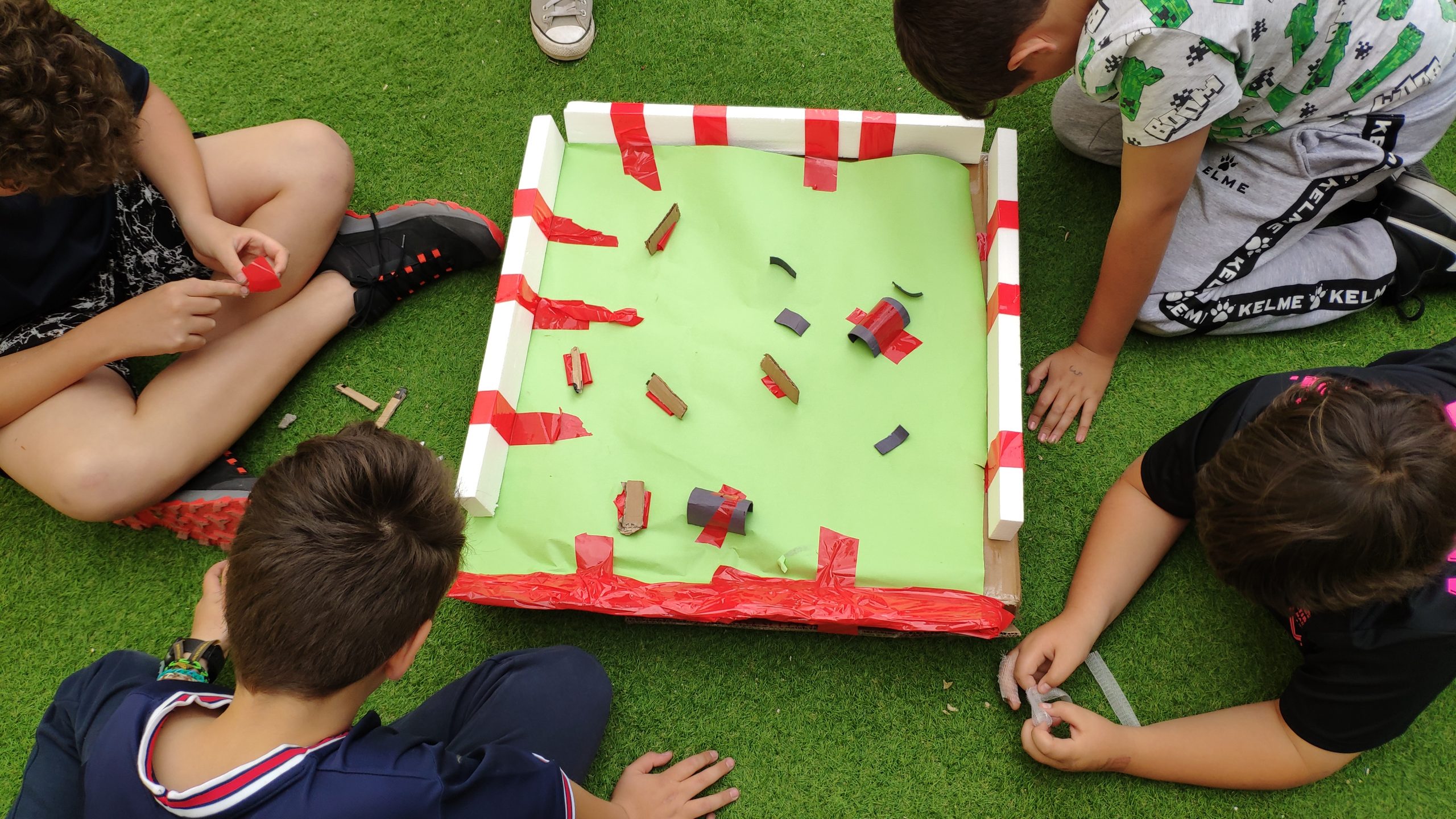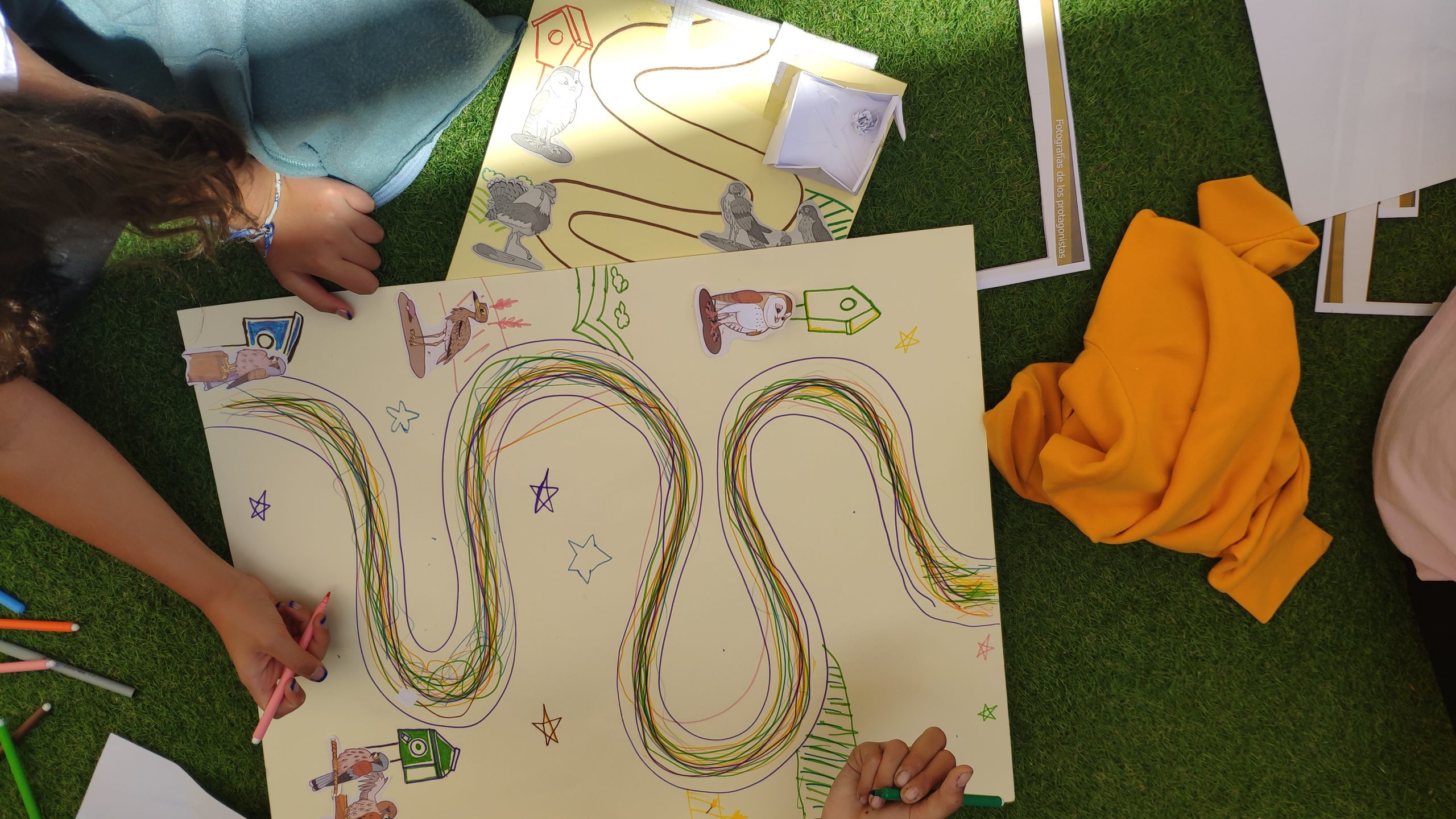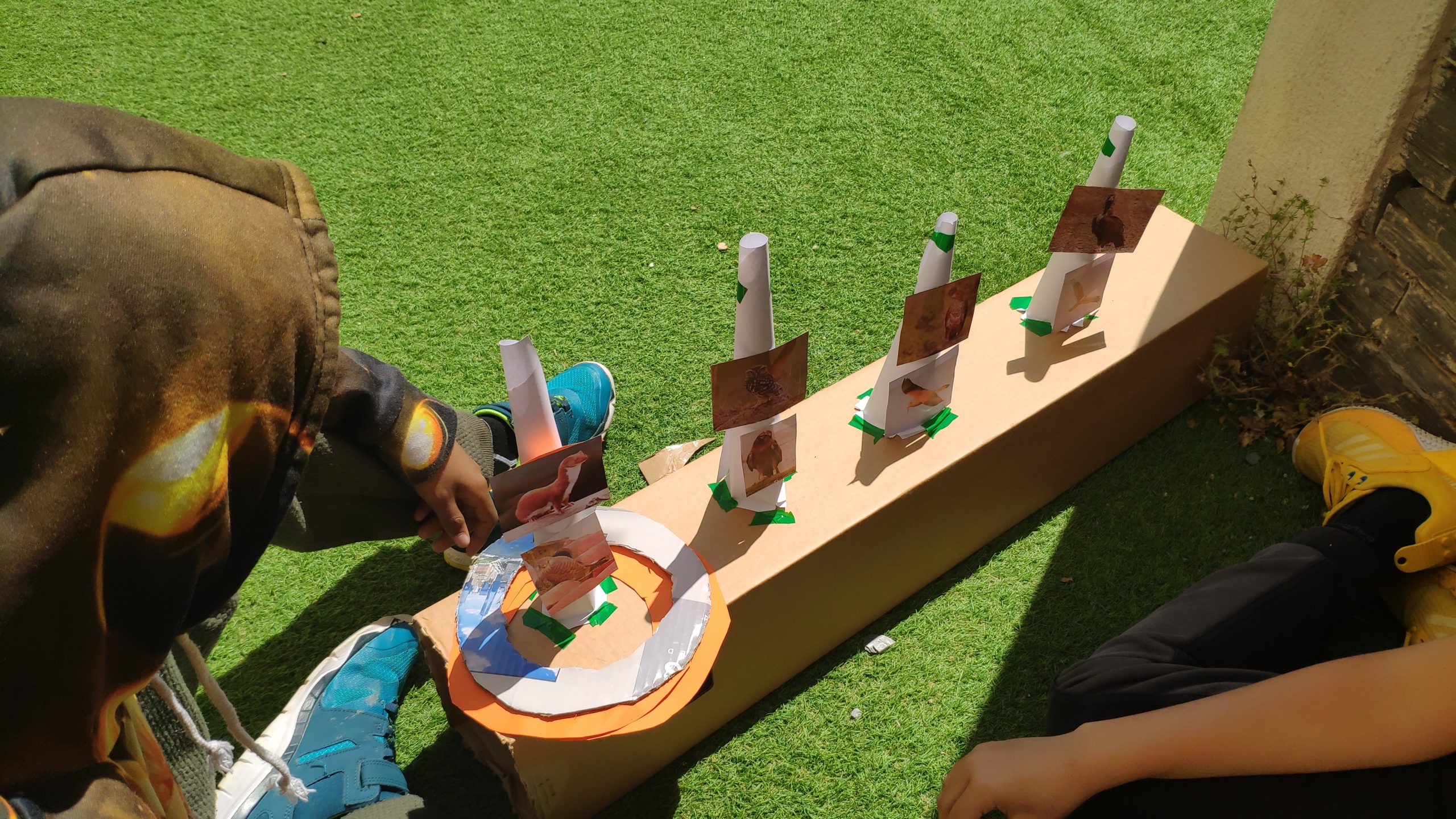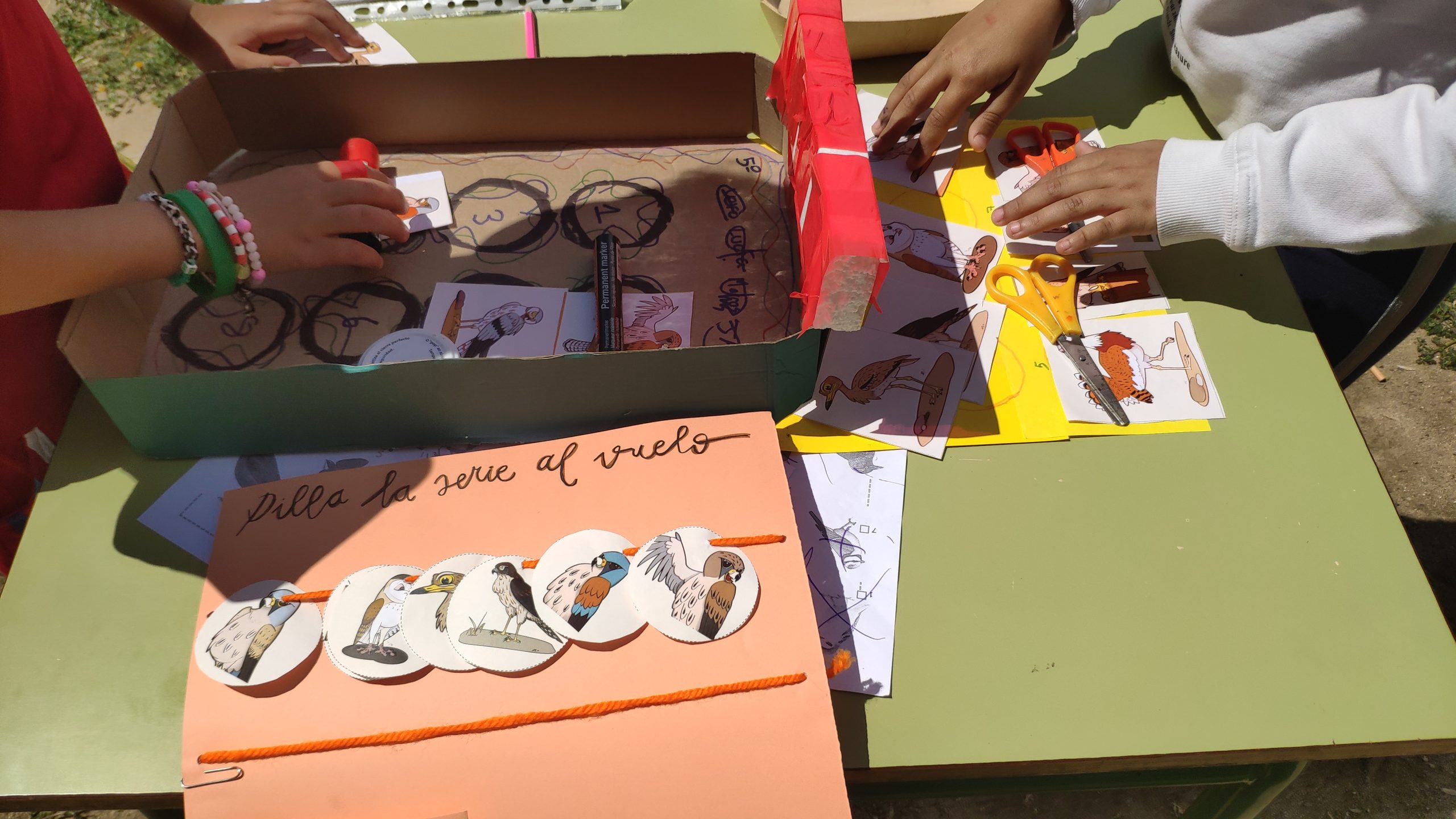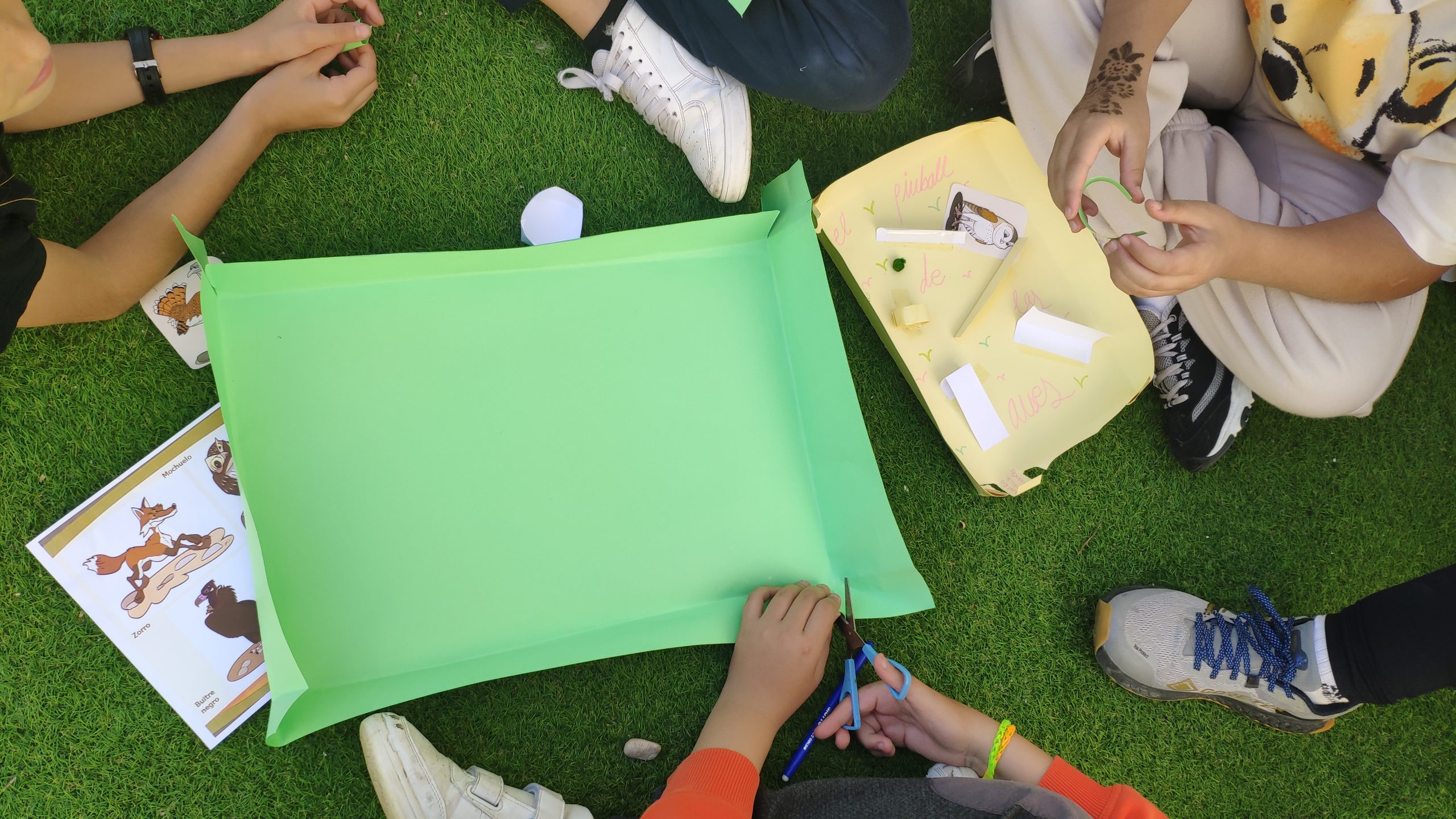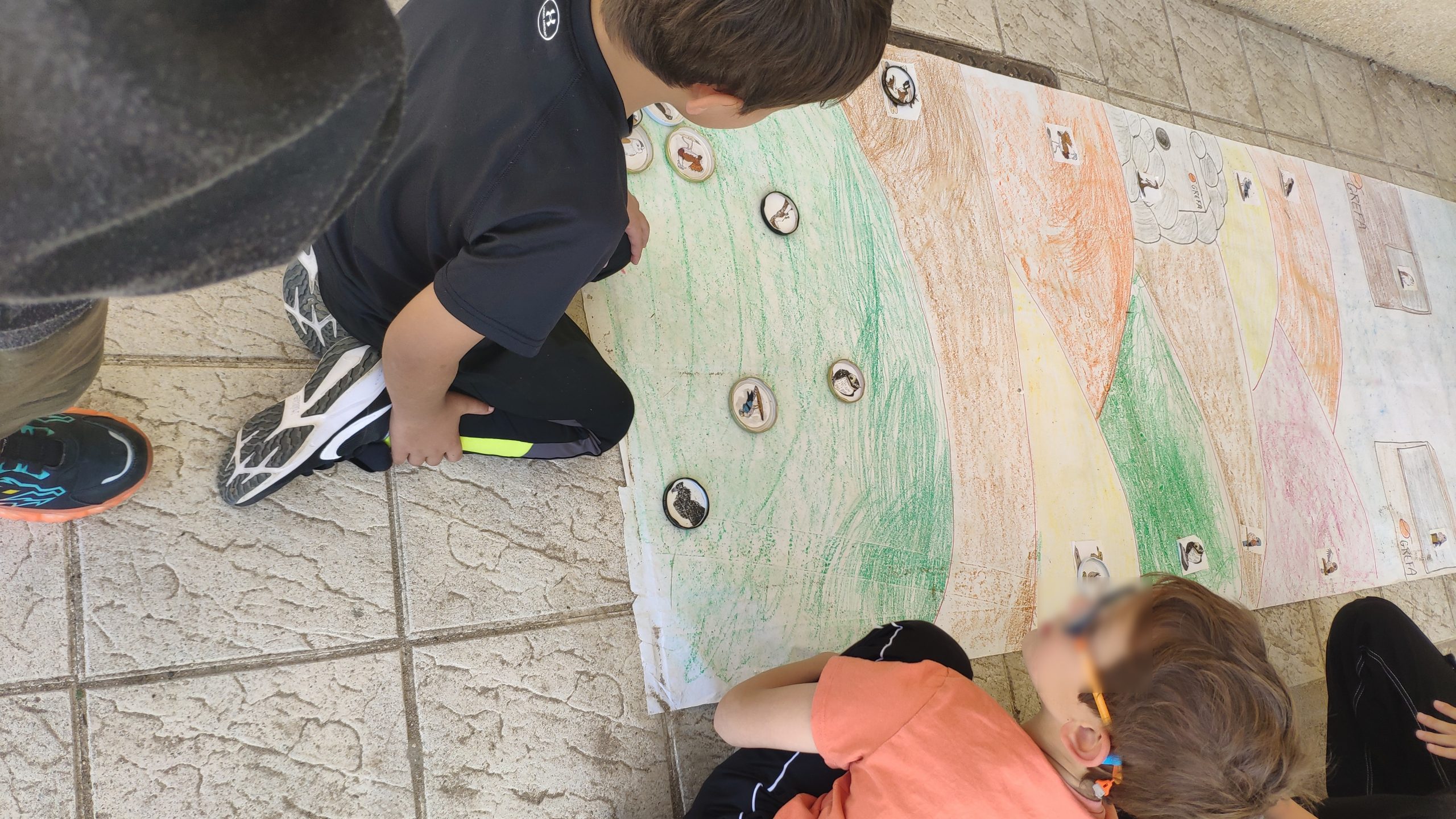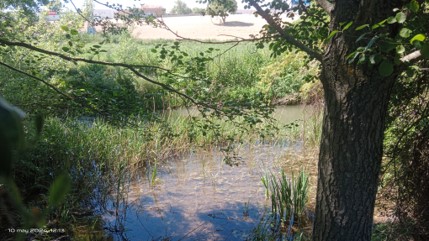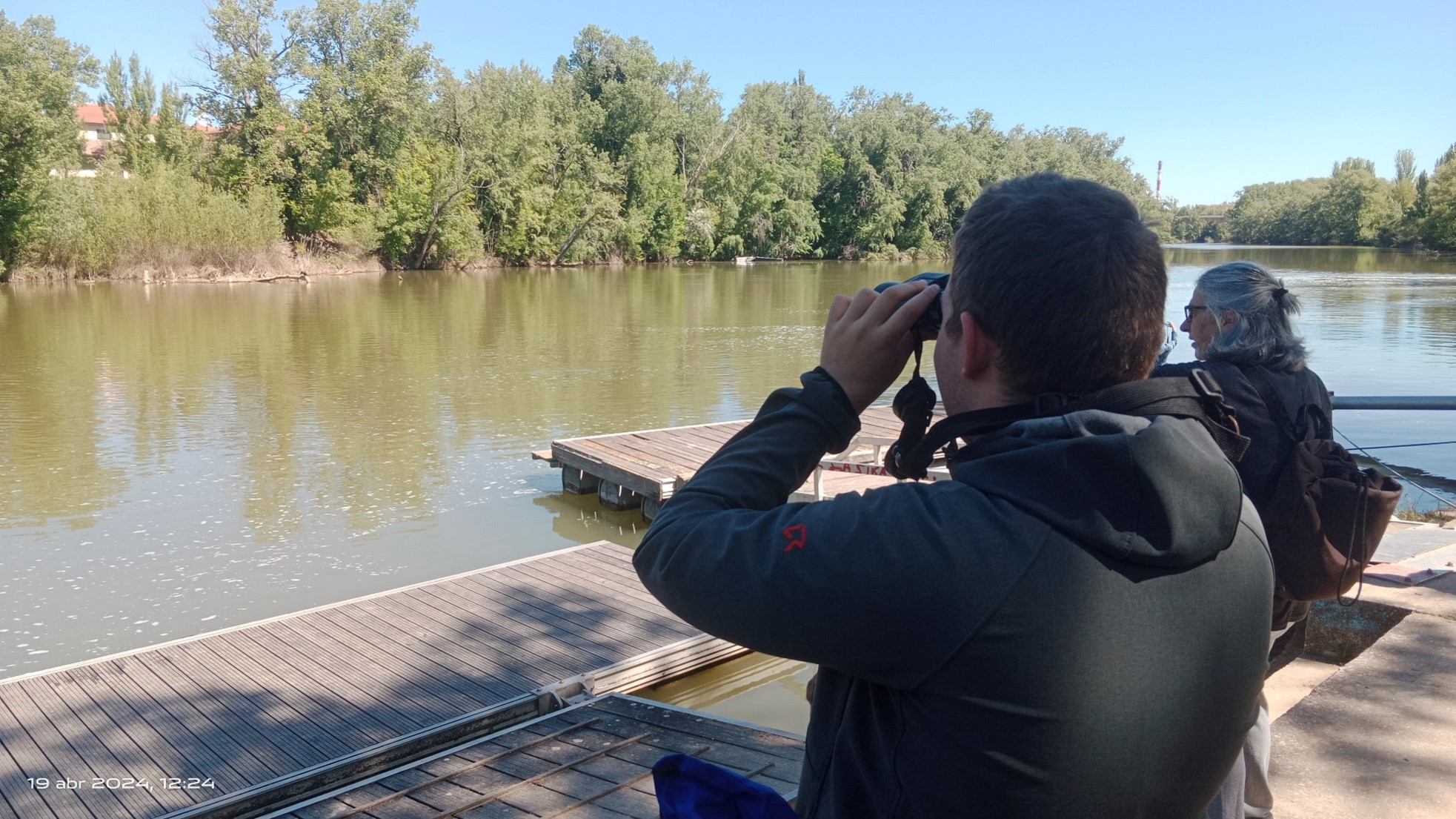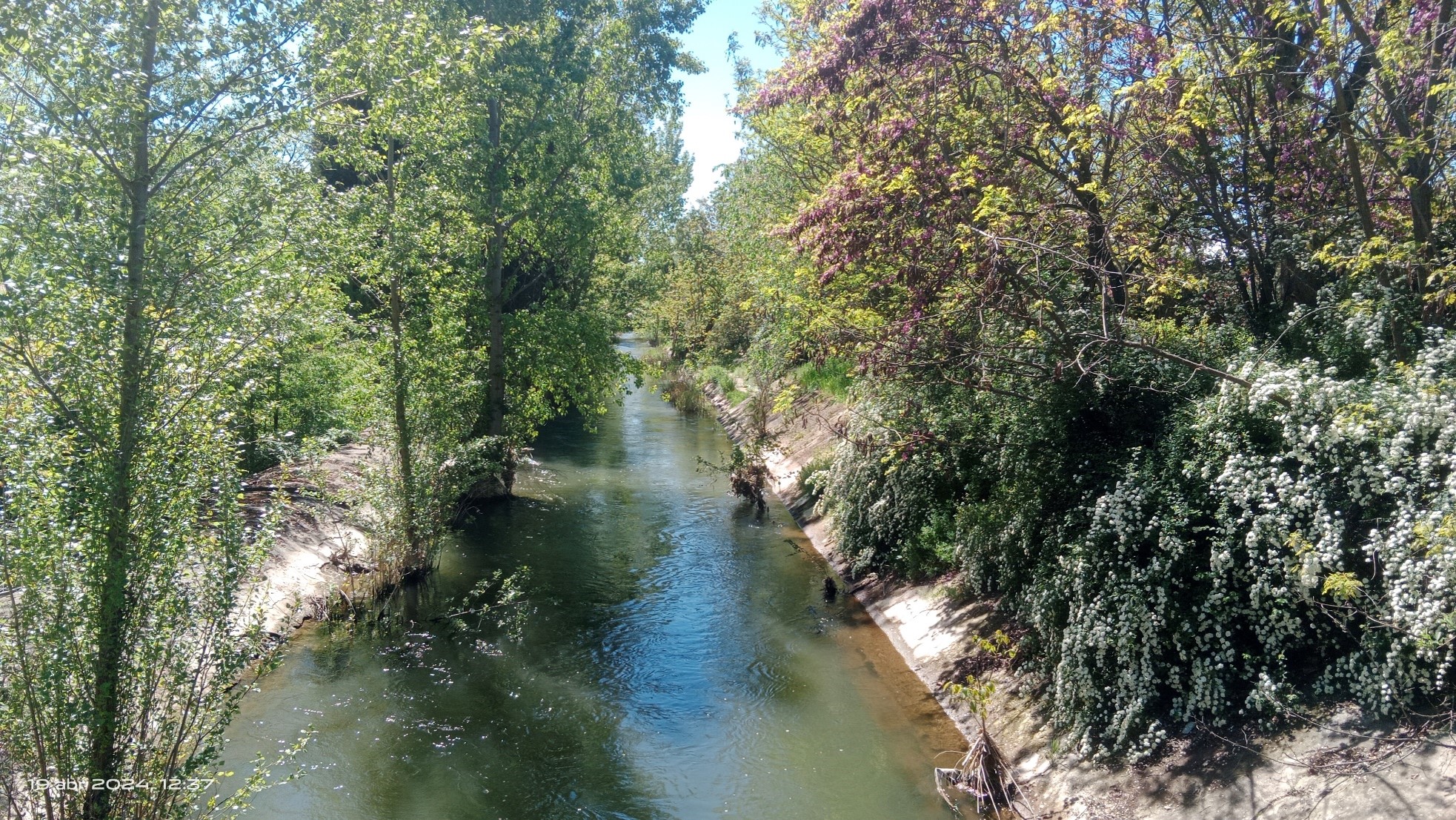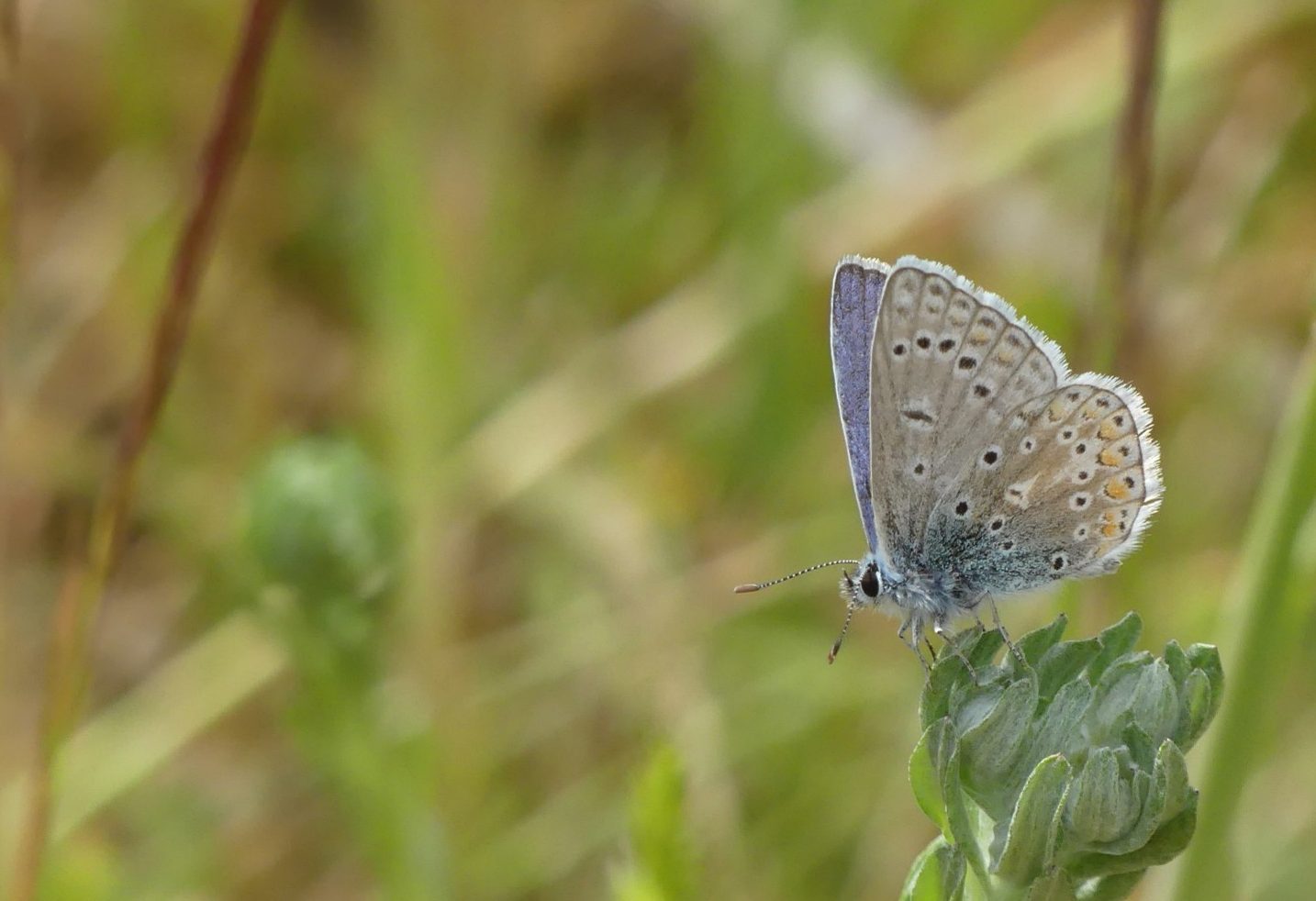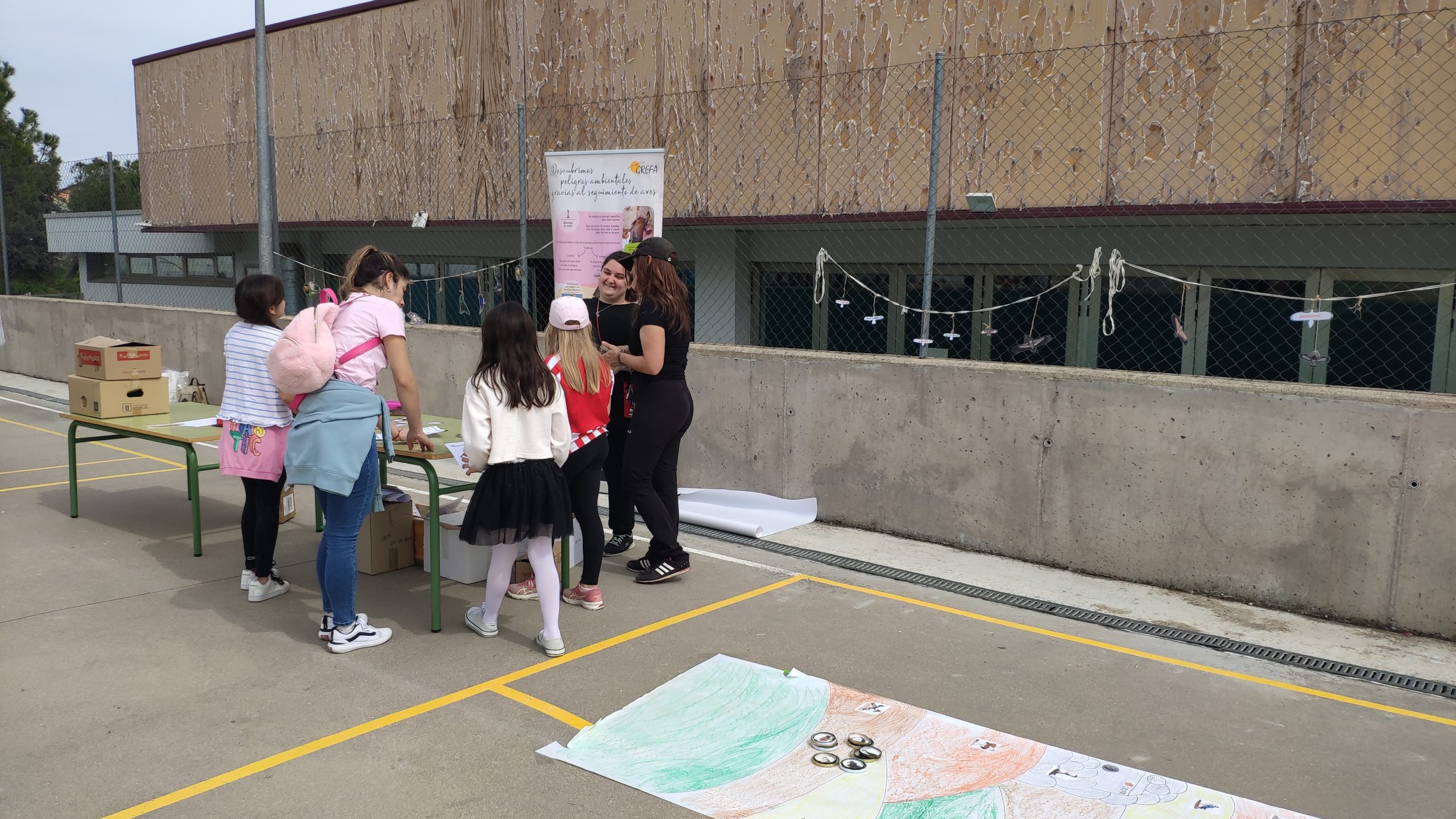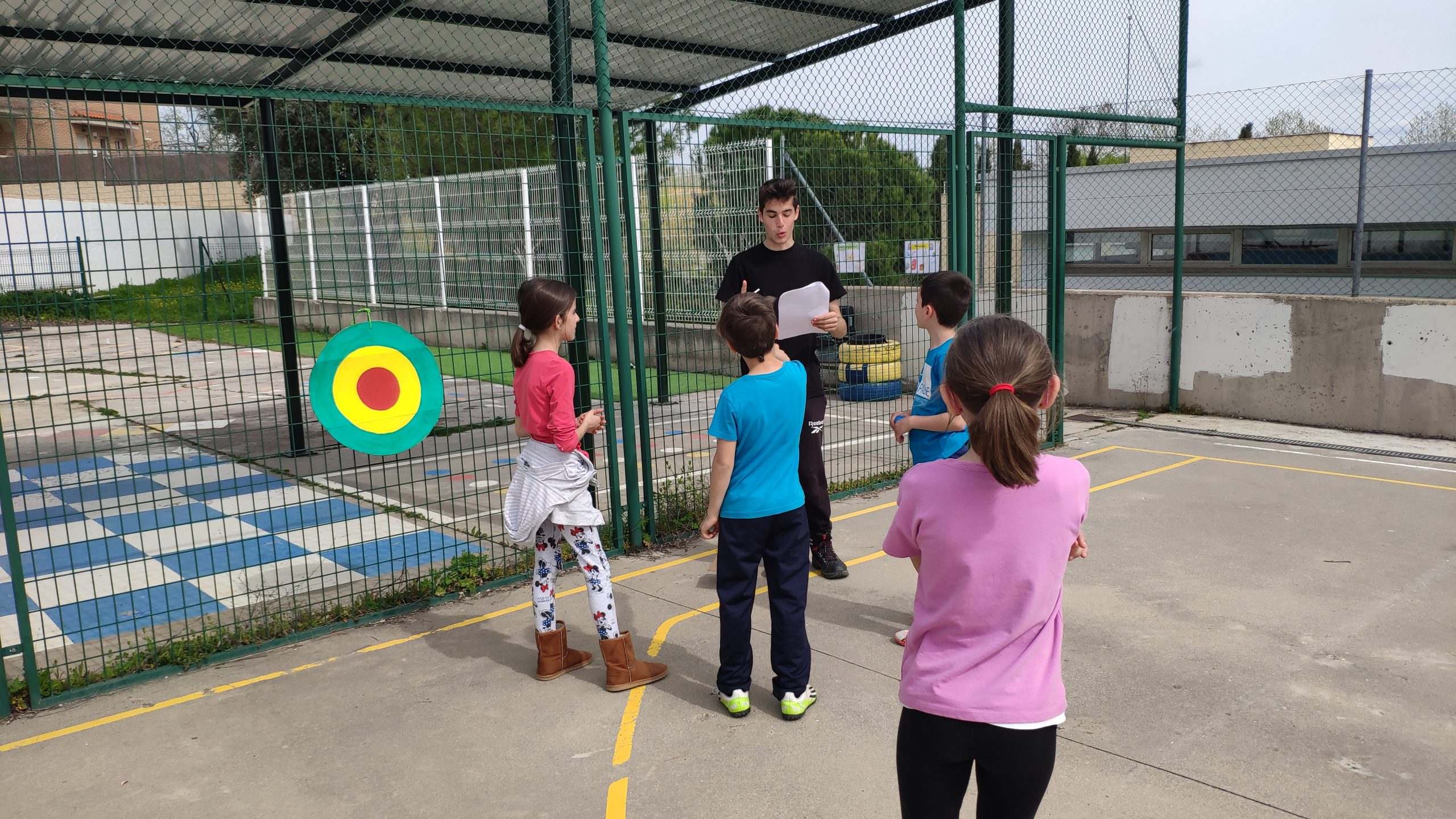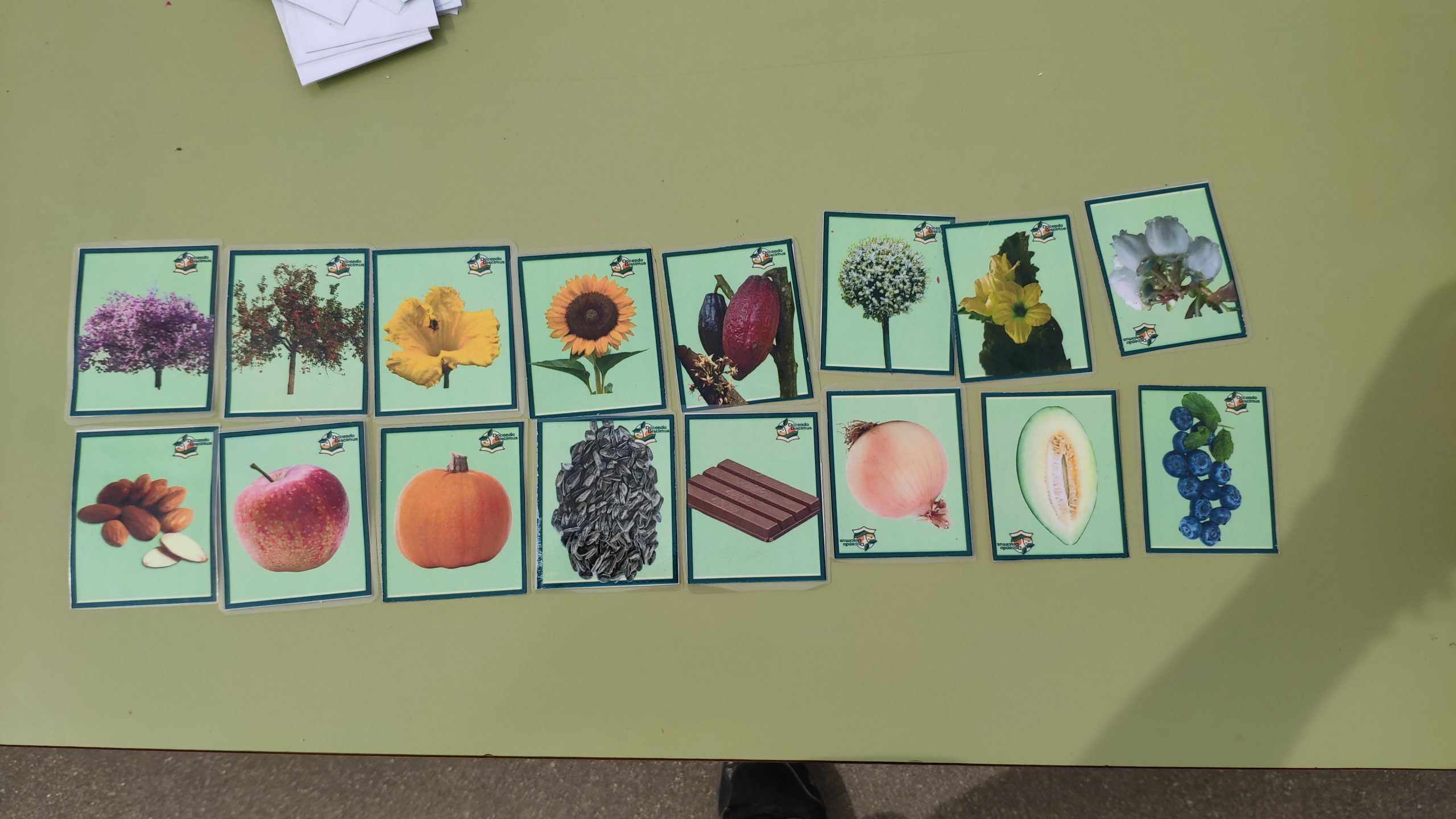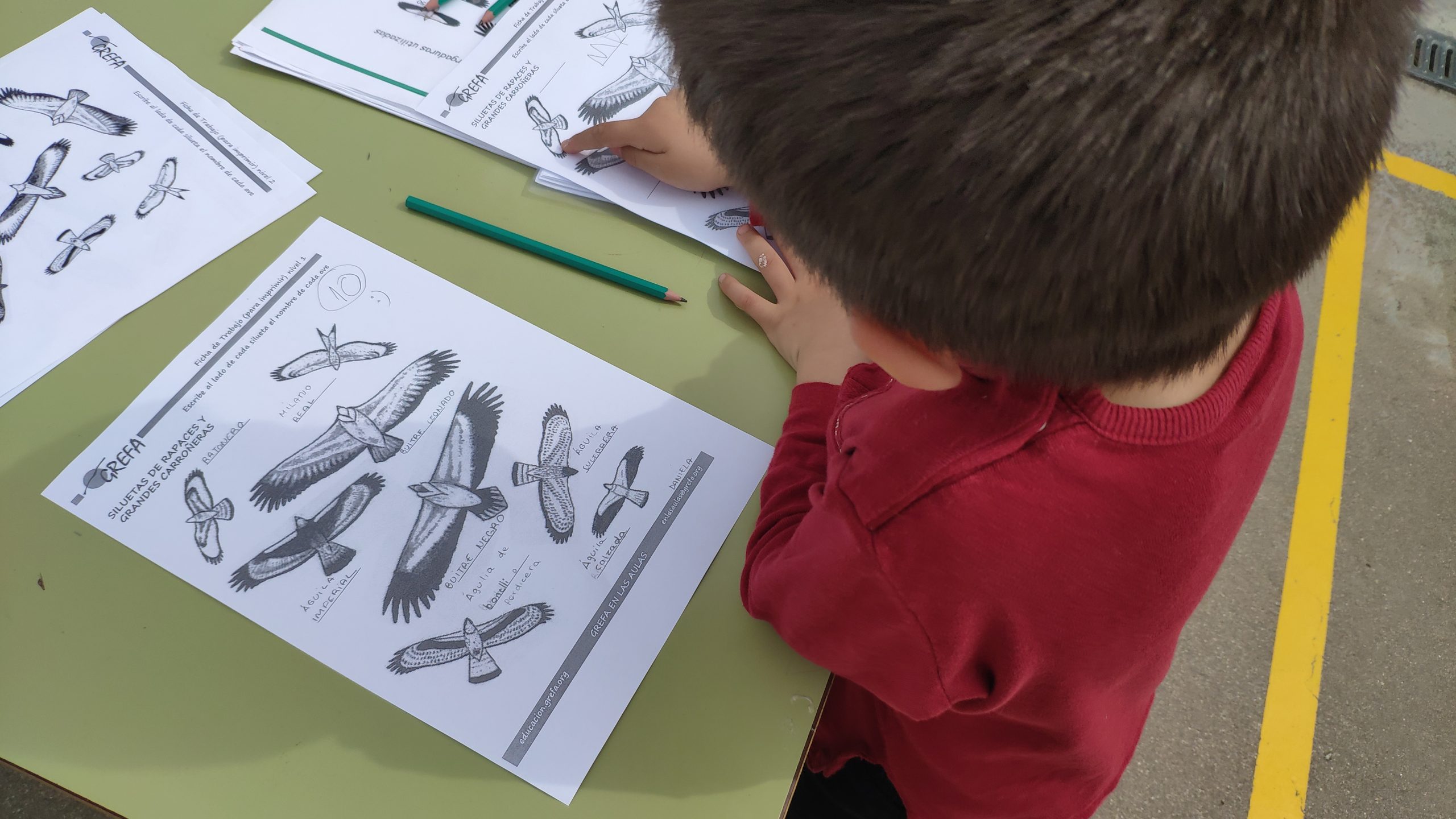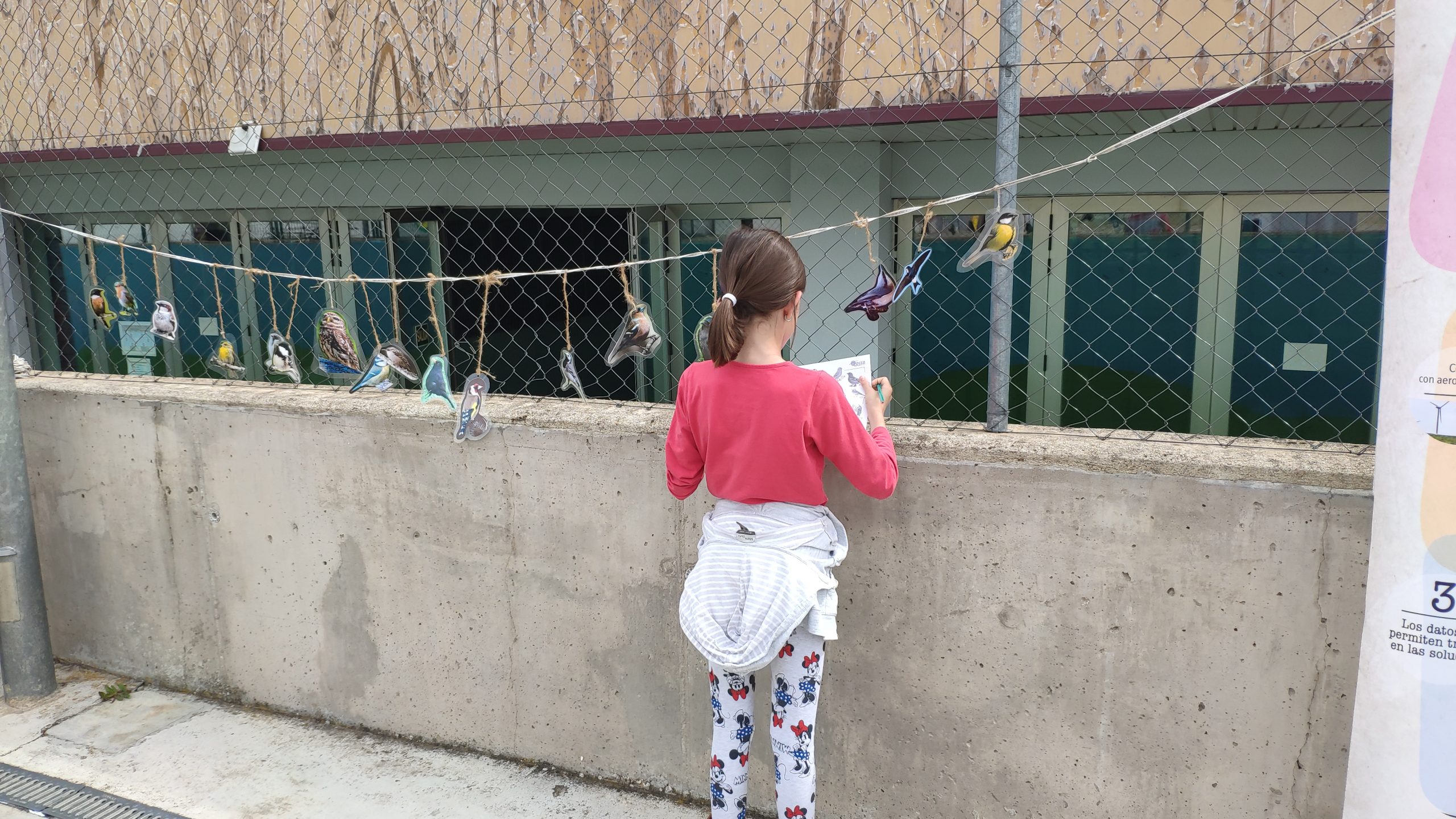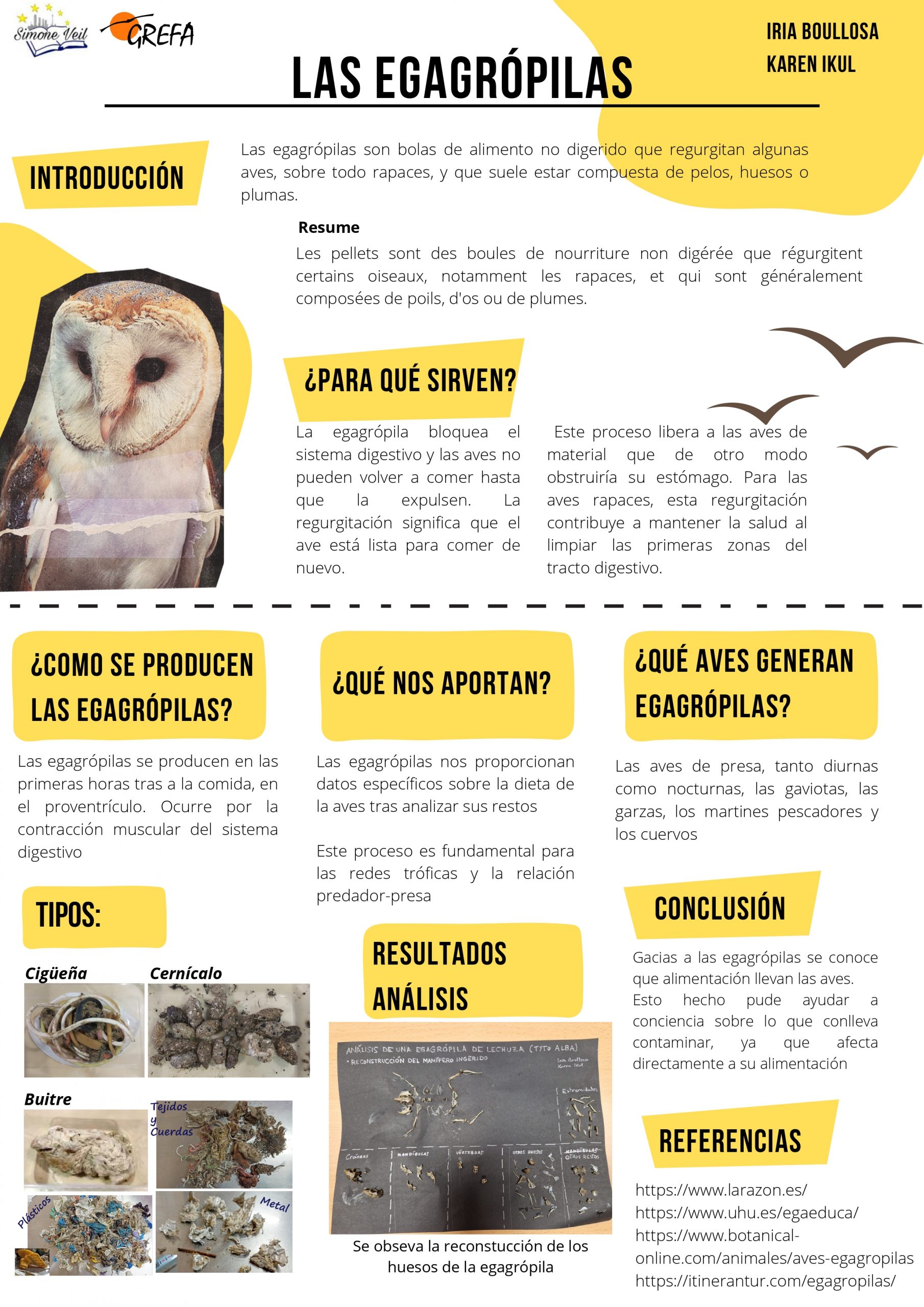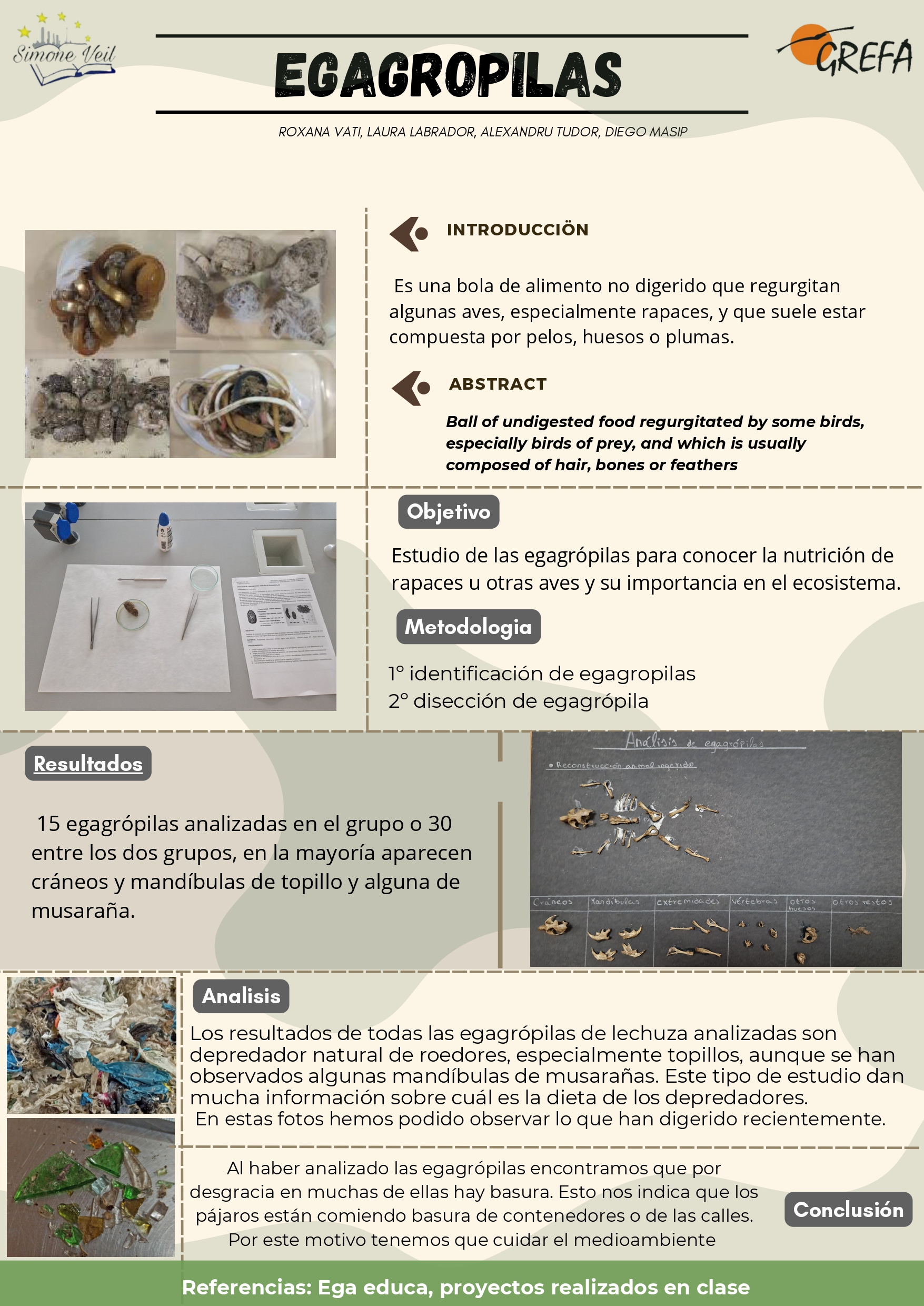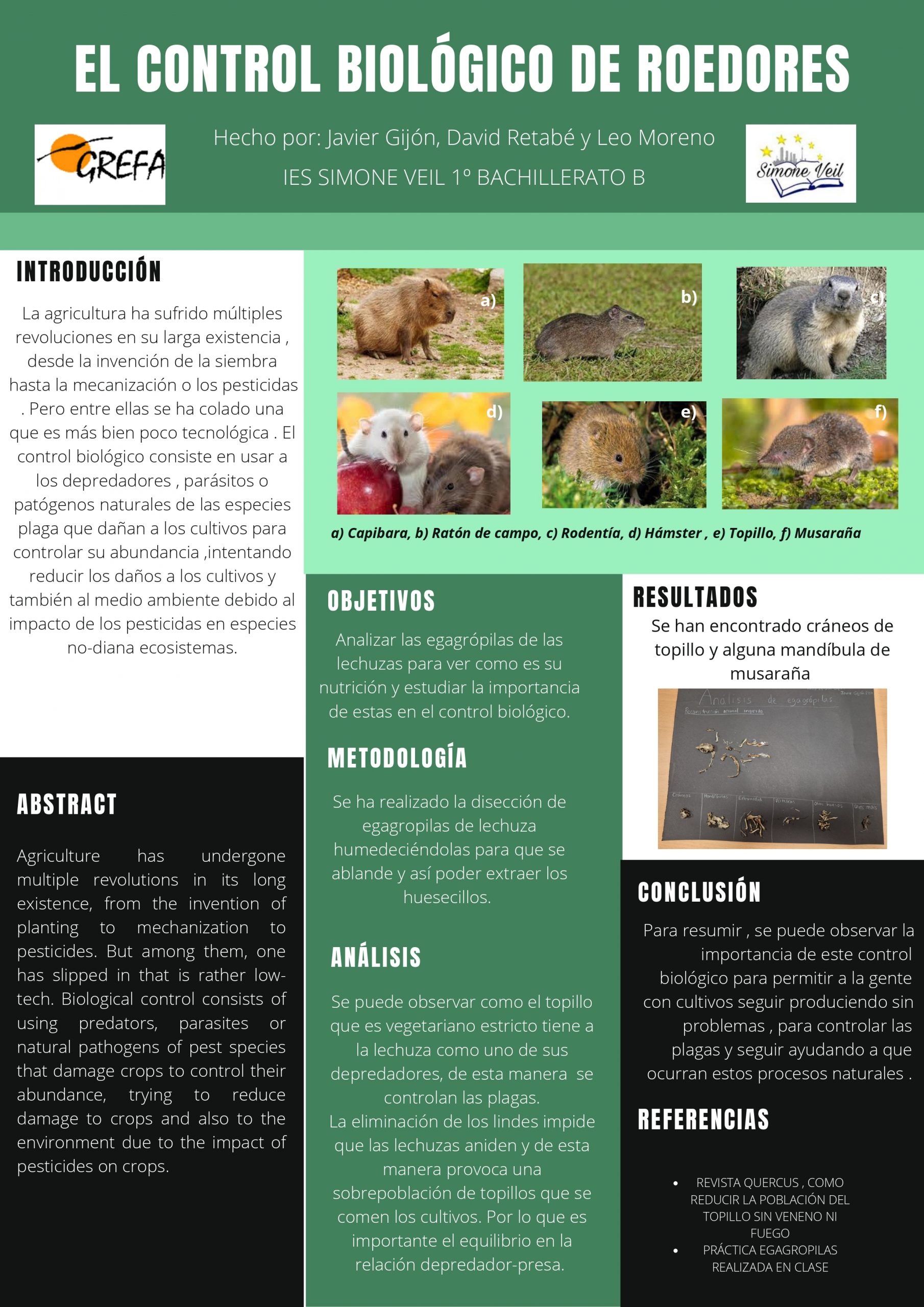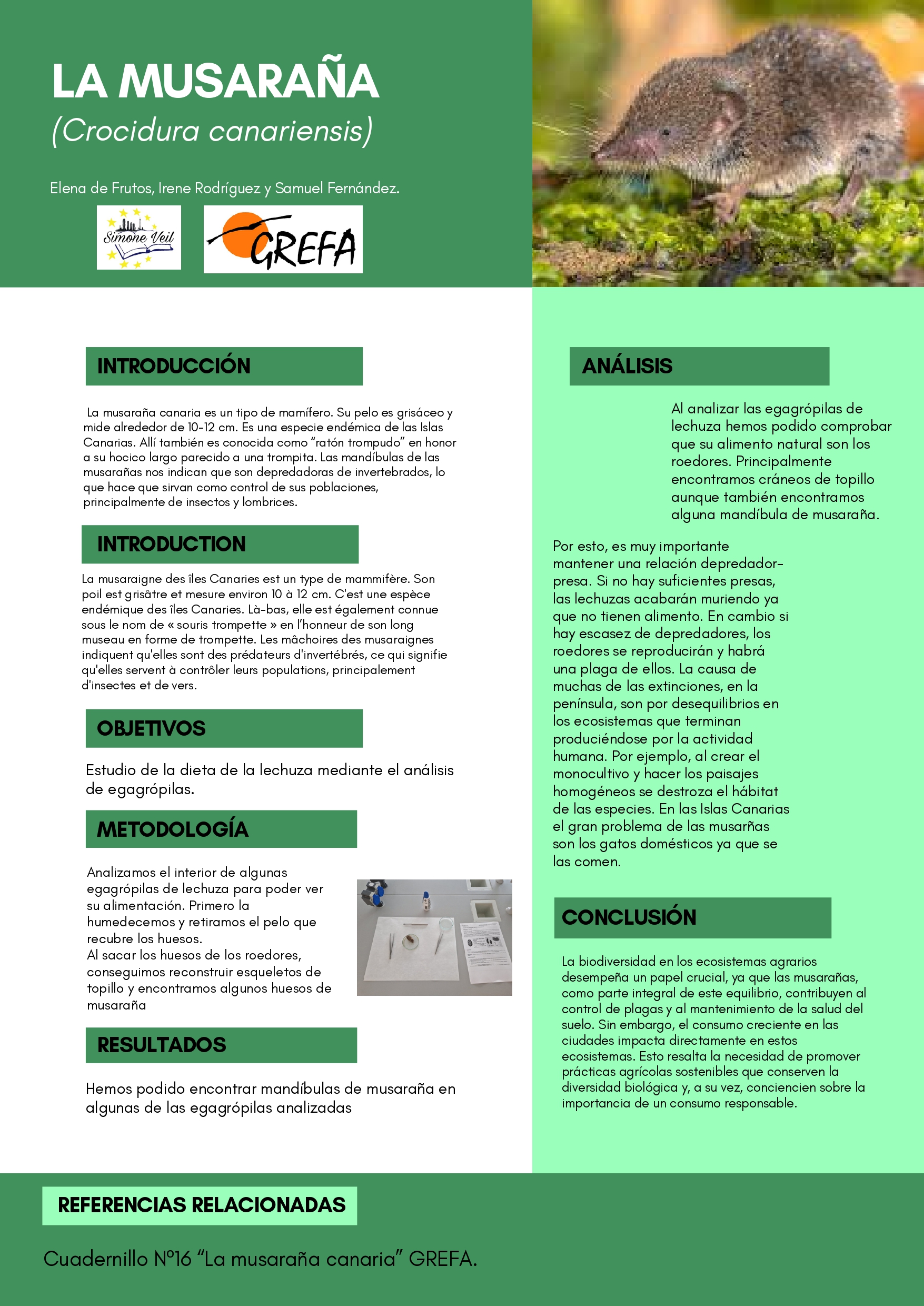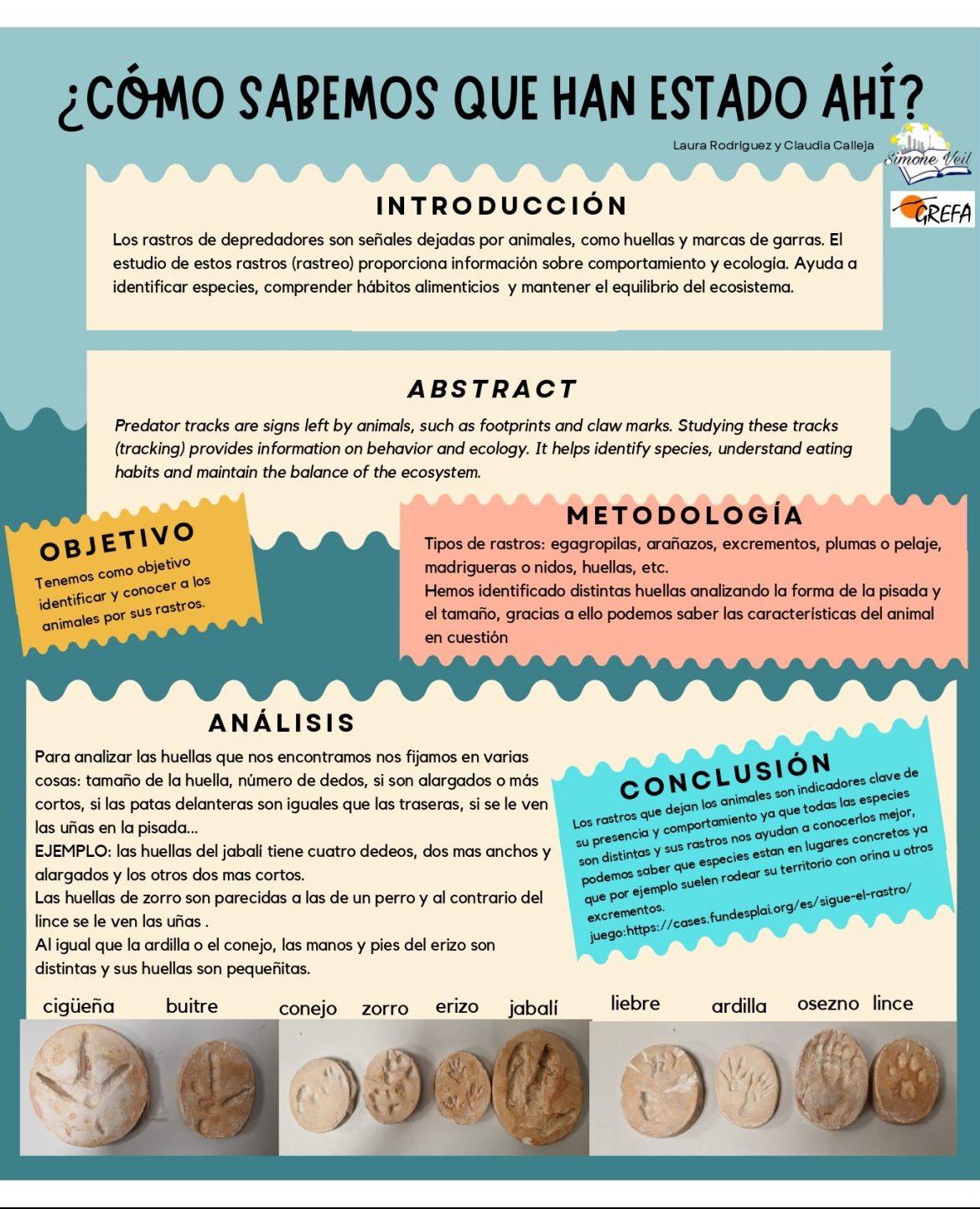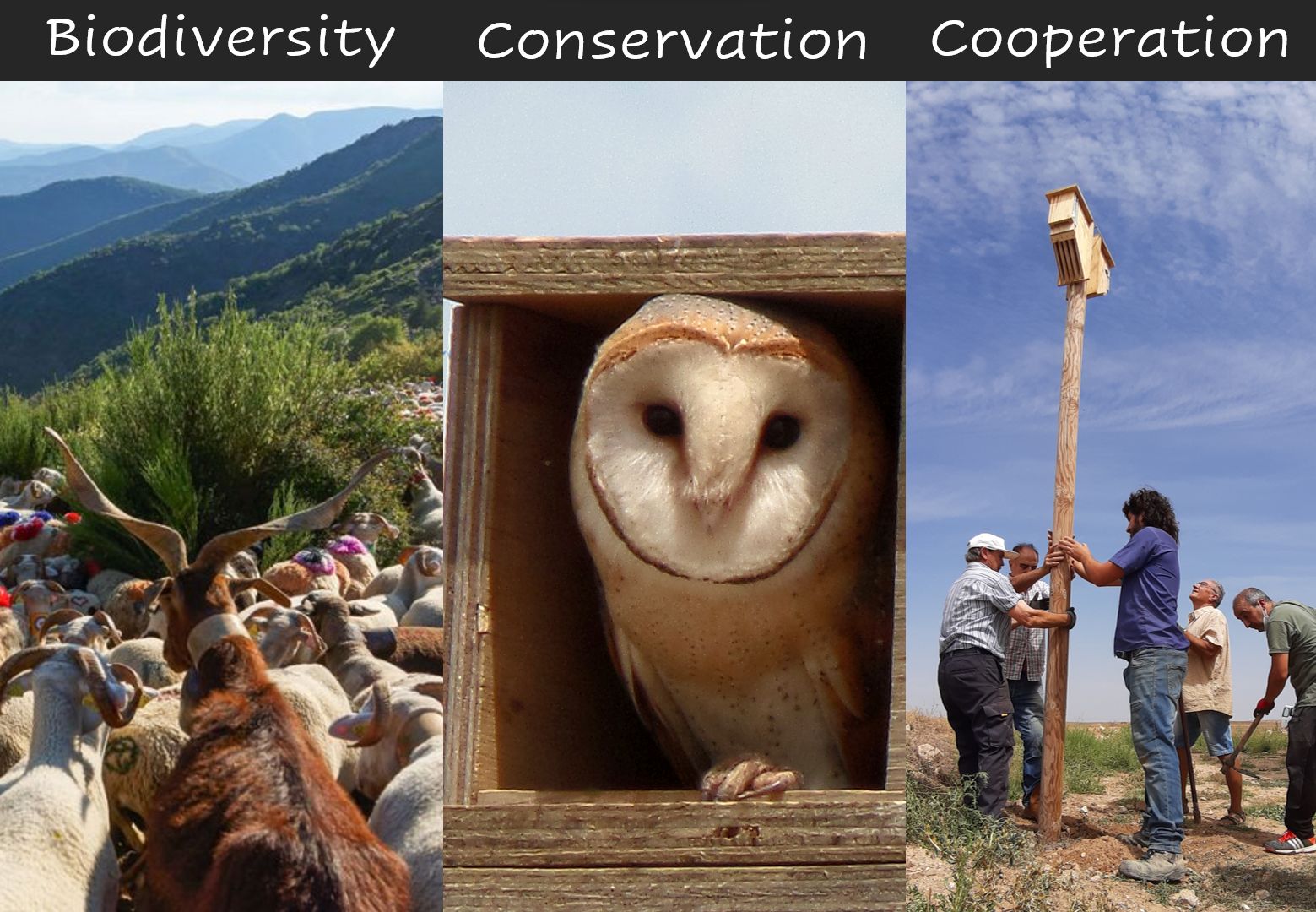Aspères Primary School (France)
The students found that the town of Aspères was involved in a large-scale agri-environmental project: a communal sheepfold housing a flock of sheep, which come to graze the olive groves and vineyards and enrich the land. After visiting the sheepfold and learning how they are cared for, how wool is obtained and how they move with the transhumance, they decided to create their own farm in the form of a poster to show other childrens at school what they had learned and how important sheep are to agricultural environments.
Grupo de voluntariado “Goupil en Nicouleau” (Brissac, France)
Nicouleau is an abandoned estate that has been closed to the public for many years. The aim is to open it up to the public again, and to this end they have designed a tour of the estate and an explanatory booklet for new visitors.
Bouillon Cube Leisure Centre (Causse de-la-Selle, France)
Pupils get involved with bats and help them by spreading this beautiful message to the public. They are a natural way of controlling insects in vineyards and orchards. To do this, they have built nesting boxes to protect them.
CEIPSO Príncipe don Felipe (Boadilla del Monte, Madrid)
The project is integrated throughout the school with different activities in which the different educational levels participate. In many of these activities the older pupils collaborate with the younger pupils to pass on what they have learnt. Many others are artistic activities about aeroplanes and birds in general. On the other hand, the image of the centre has been improved with new logos, and spaces throughout the centre to promote the dissemination of the project and points for biodiversity such as the vegetable garden, insect hotels, and observation of the common planes.
Aula Naturaleza Ayuntamiento Valverde de Alcalá (Madrid)
This group is very active in this small town of about 500 inhabitants in Madrid, where they maintain more than 80 nest boxes to promote their biodiversity by carrying out activities with the local population. At the end of the course we see a release of a kestrel.
CEIP Príncipes de Asturias (Quijorna, Madrid). We recorded for Canal Arte.
The CEIP Príncipes de Asturias is very involved with nature conservation and works with all ages of students from 3 to 12 years old. So when a team of journalists from Canal Arte came to record the work of an environmental educator, we did not want to miss the opportunity to show the processes and results of the activities that we have done together this school year in their own space. This European TV channel accompanied us during the morning of the 14th of June, travelling to the town of Quijorna to record images and conduct interviews with Raquel the director, teachers and students. We hope it will be a good example for other schools.
Collaboration between CEIP Príncipes de Asturias de Quijorna in Madrid and Fundación Personas in Castilla y León.
‘Los Abraza-Pájaros Vuelan’ as they have “flown” as an inspirational idea. On 11 June we held an on-line meeting between 6 groups of people with disabilities from the Fundación Personas, 2nd year primary school pupils from Quijorna and GREFA. The session was developed as follows:
1st GREFA: brief introduction on how important it is that we all participate by carrying out actions that help the conservation of birds and highlighting the fact and sharing experiences.
2º The pupils from Quijorna explained how the Mirar con los abraza-pajaros project inspired them to do something similar. They got to know the designs, names and personalities of each of the 6 originals and from that they have worked on their own characters that give shape to an entire exhibition and the creation of 2 new bird-huggers!!!
3º Fundación Personas told us about their experience of creation, where the bird-huggers have already moved, and they told us that they were very happy that the children have been inspired by the artistic elements used.
4º A group from Fundación Personas shared a new idea that consisted of building mini-bird huggers. So they challenged us to see if we would like to participate by developing the inspiration for this new activity.
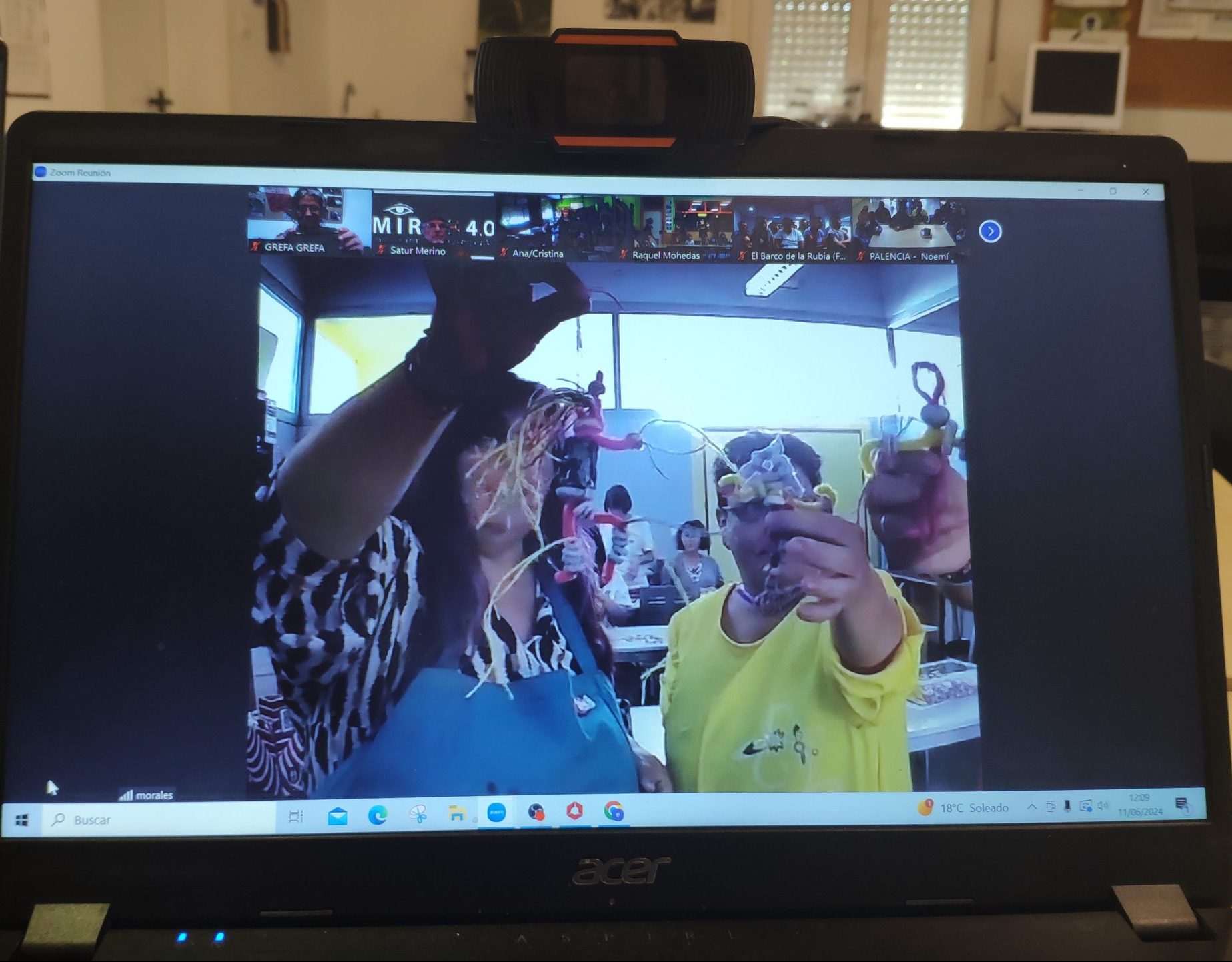
Collaboration between CRA La Besana and Colegio García Quintana in Valladolid.
The students of CRA La Besana hosted the visitors from Colegio García Quintana. They accompanied them during their visit to their village and were able to tell them about the activities they had carried out during the project.
Collaboration between CEIP Príncipes de Asturias in Quijorna, Capacitación agraria in Villaviciosa de Odón and the University of Valladolid.
On the 30th of April we participated in an event at the Príncipes de Asturias School in Quijorna. We participated with 120 children of all ages. We took the games designed by the students of the University of Valladolid and the children played them and recreated them by designing their own games. We also received help from Miriam, Diego and Guille from Capacitación Agraria.
El Pino de Obregón Special Education School (Valladolid)
The river is everything, it is the riverbed, the riverbank, its vegetation and its inhabitants. If we remove the trees and make pavements on the banks, we are doing away with the river and the animals that live in it. We want real rivers!
Collaboration between the CEIP Príncipes de Asturias in Quijorna and Capacitación agraria in Villaviciosa de Odón.
On the 17th of March we participated in an event at the CEIP Príncipes de Asturias, in Quijorna. We took part in various workshops aimed at discovering our biodiversity: silhouettes of large birds of prey, learning to identify small birds and other observation games. We also had the help of Miriam and Diego, two volunteers from Capacitación agraria, who helped us and allowed us to try out the games they had designed.
Maristas School. Vallisoletano Cultural Centre in Valladolid.
This school in Valladolid have been working on the biodiversity of their environment, focusing on the pollinators near the river Pisuerga. They then got involved by creating shelters for insects which they have placed around their school and adding aromatic plants and flowers for their food.
Agricultural Training Centre (Villaviciosa de Odón, Madrid)
Students from the Higher Degree in Environmental Education and Control learn about biodiversity and design environmental games that can be used by other groups.
IES Simone Veil in Paracuellos de Jarama (Madrid).
The students have worked on the final part of the project by creating and presenting scientific posters on various topics related to Biological Control with raptors and biodiversity conservation in agricultural environments. They have relied on experimental practice, research, critical thinking, collaborative work, and the importance of their final presentation.

CEIP Nuestra Señora del Pilar ( Torrejón de Velasco, Madrid). Year 6 primary school
After learning more about the local agricultural steppe birds, their problems and how we can help them, it was time to pass on their knowledge to their classmates in other classes. To do this, these students, who are in their final year of school, were responsible for organising games and activities during the ‘Culture Week’.
